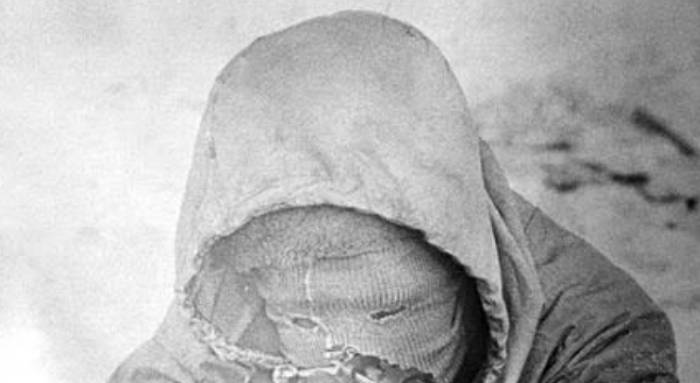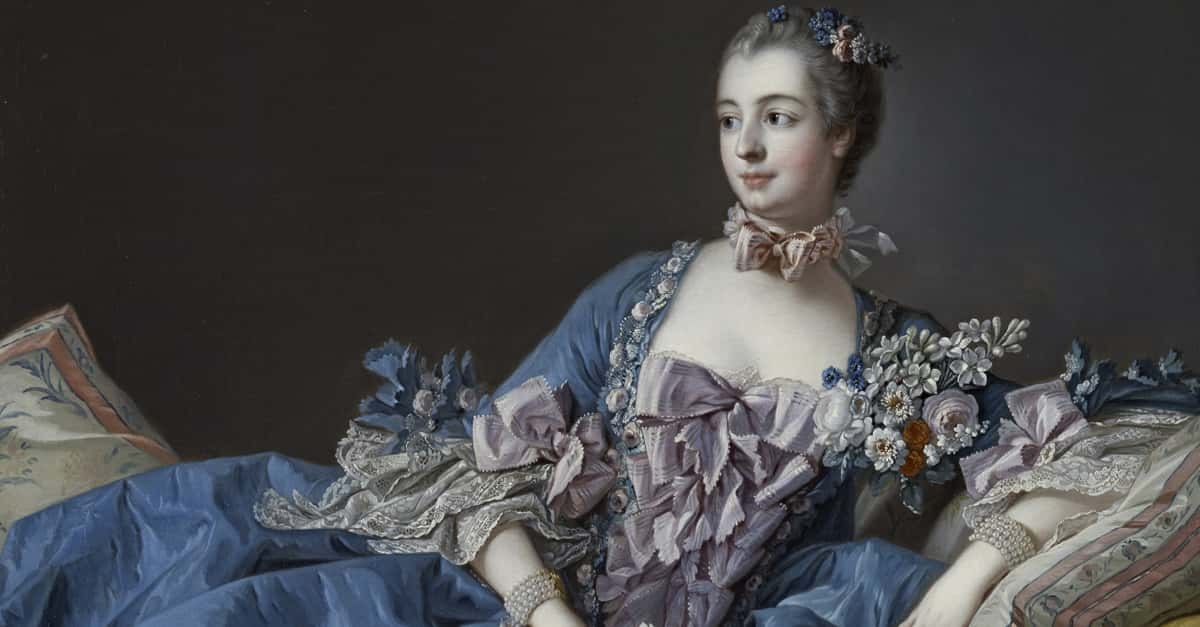Meet Simo Häyhä, The World's Deadliest Sniper
Here in the West, we don't often hear the incredible stories of heroes from other parts of the world. One such story is that of Simo Häyhä, the Finnish sniper known as "The White Death".
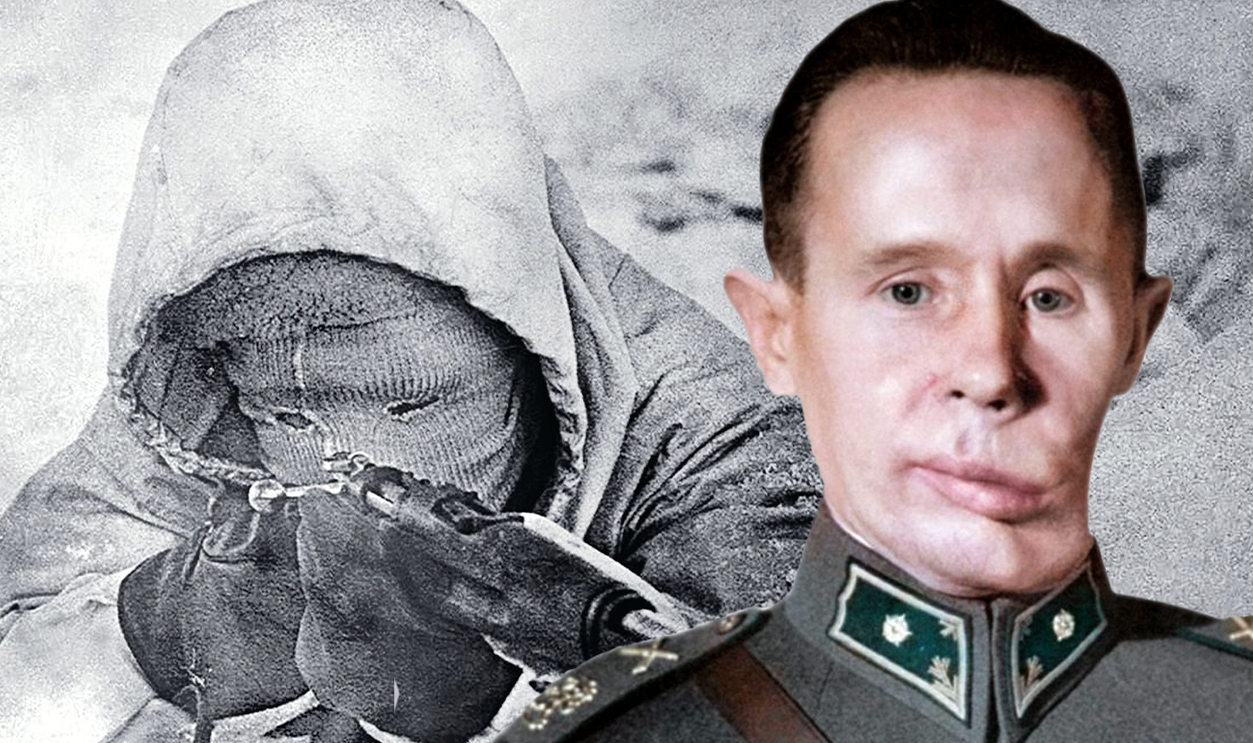
The Winter War
Simo Häyhä is often credited with having fought during WWII. However, his tenure with the Finnish unit was during the Winter War, which coincided with WWII, though it was between Finland and the Soviet Union.
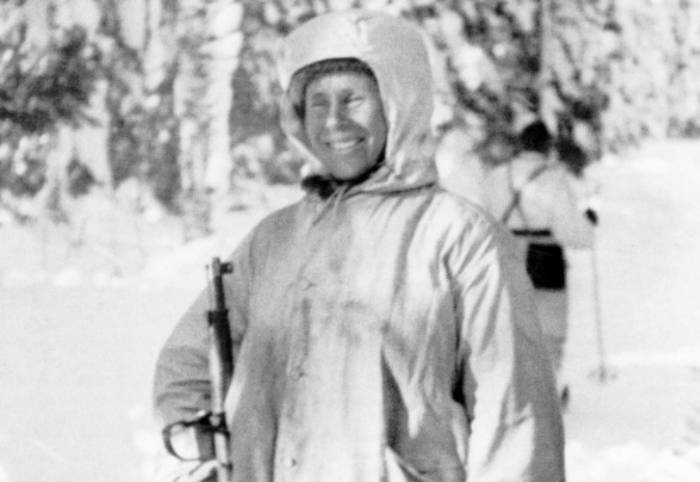 Finnish Military Archives, Wikimedia Commons
Finnish Military Archives, Wikimedia Commons
The Winter War
This conflict began in November 1939, three months after the start of WWII, and lasted for three and a half months. The Soviets invaded Finland following Finland’s refusal to cede land to them.
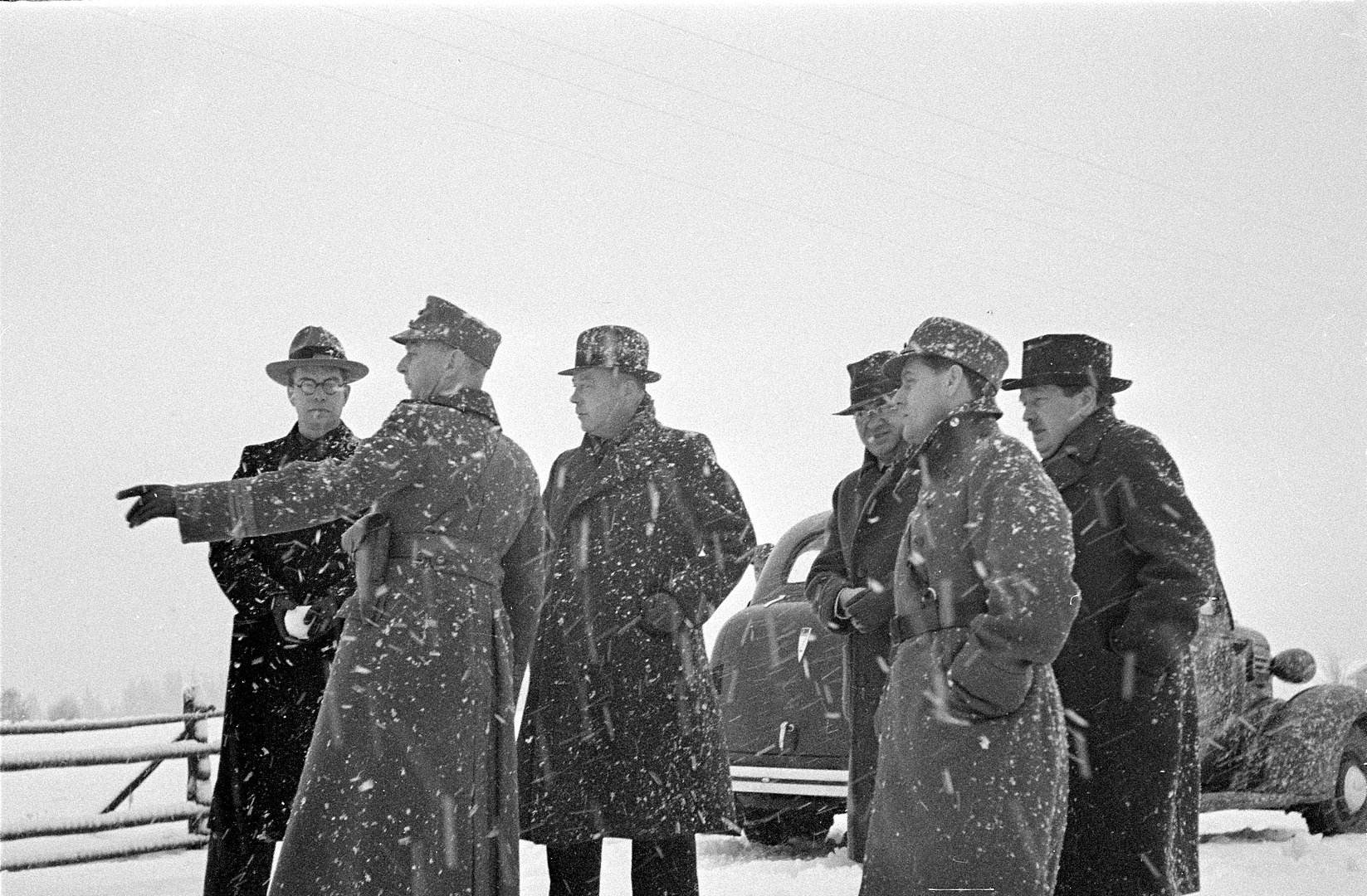 Unknown Author, Wikimedia Commons
Unknown Author, Wikimedia Commons
The Winter War
The Soviets believed it would be an easy move for them as they had the superior power. However, Finland caused severe losses for the Soviets. This was, in part, due to Häyhä. So, who was he?
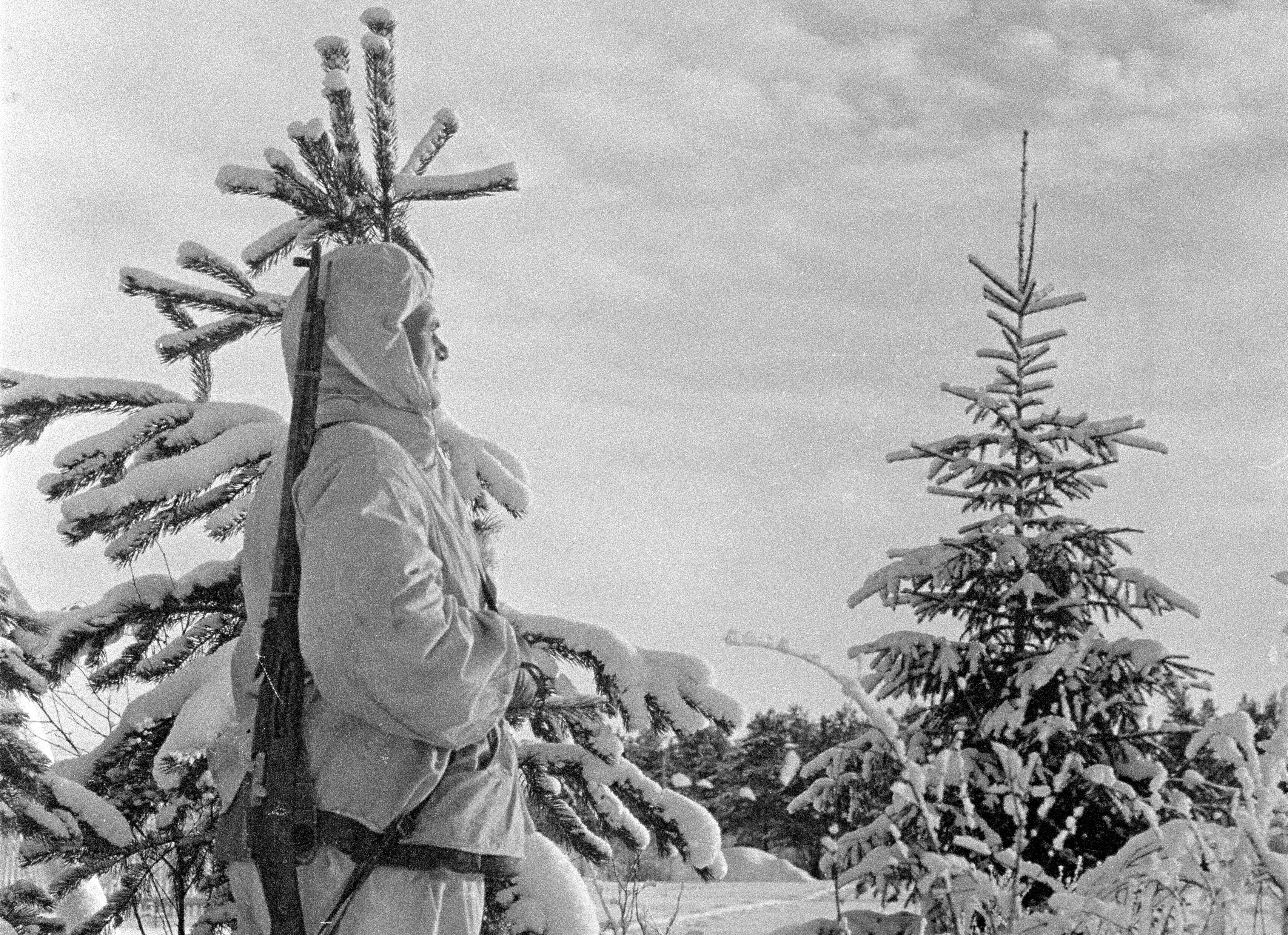 Finnish Wartime Photograph Archive, Wikimedia Commons
Finnish Wartime Photograph Archive, Wikimedia Commons
Early Life
Häyhä was born in December 1905 in southern Finland, living his life near the border with Russia. He was the seventh of eight children in a family of farmers and lived a simple life before his service. He enjoyed farming, as well as hunting and skiing.
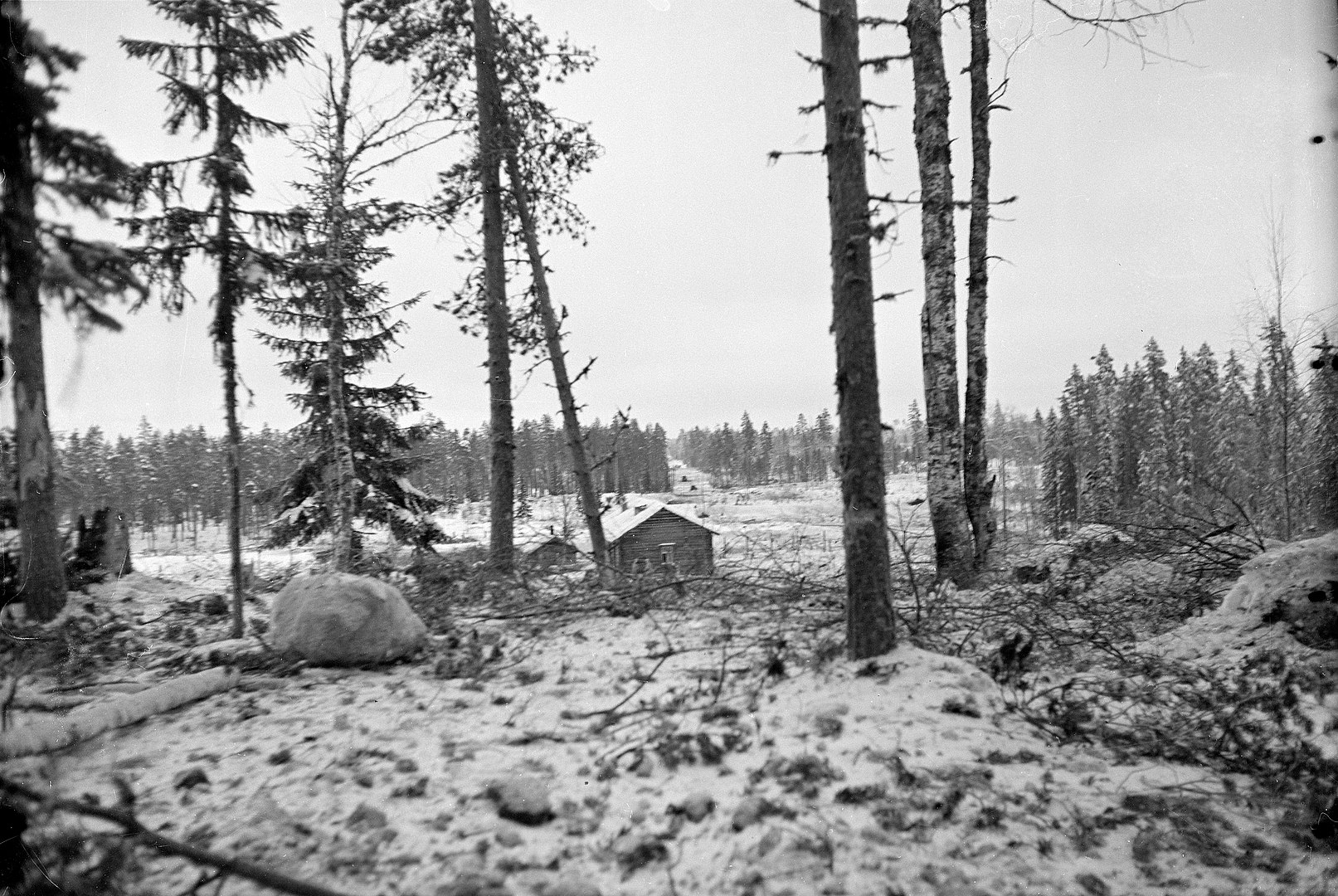 Unknown Author, Wikimedia Commons
Unknown Author, Wikimedia Commons
Training Days
Häyhä joined the Civil Guard, a voluntary organization, at the age of 17. He had a history of excelling in firing competitions; however, he wasn’t one for the limelight.
Training Days
Before his success made him into a national hero, Häyhä tended to hide in the background of photos. He wasn’t looking to bring attention to himself, and he certainly wasn’t looking for the glory he would eventually receive.
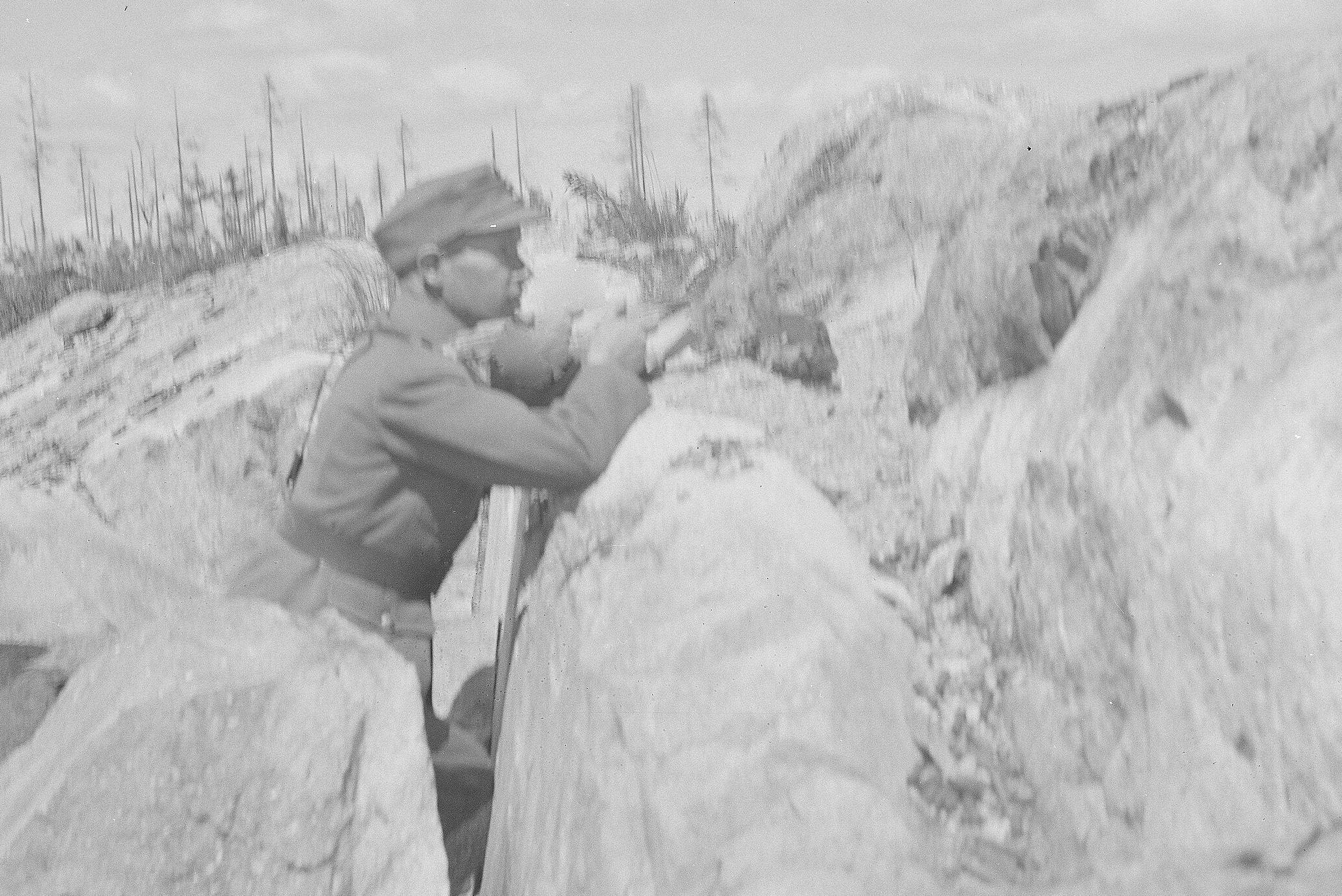 Unknown Author, Wikimedia Commons
Unknown Author, Wikimedia Commons
Compulsory Service
Finland has compulsory service for all males; refusing to do so can result in imprisonment. Häyhä complied with his country’s expectations for him and started his service in 1925, when he was 19 years old. He served in the Bicycle Battalion 2 and the Bicycle Battalion 1 during this time.
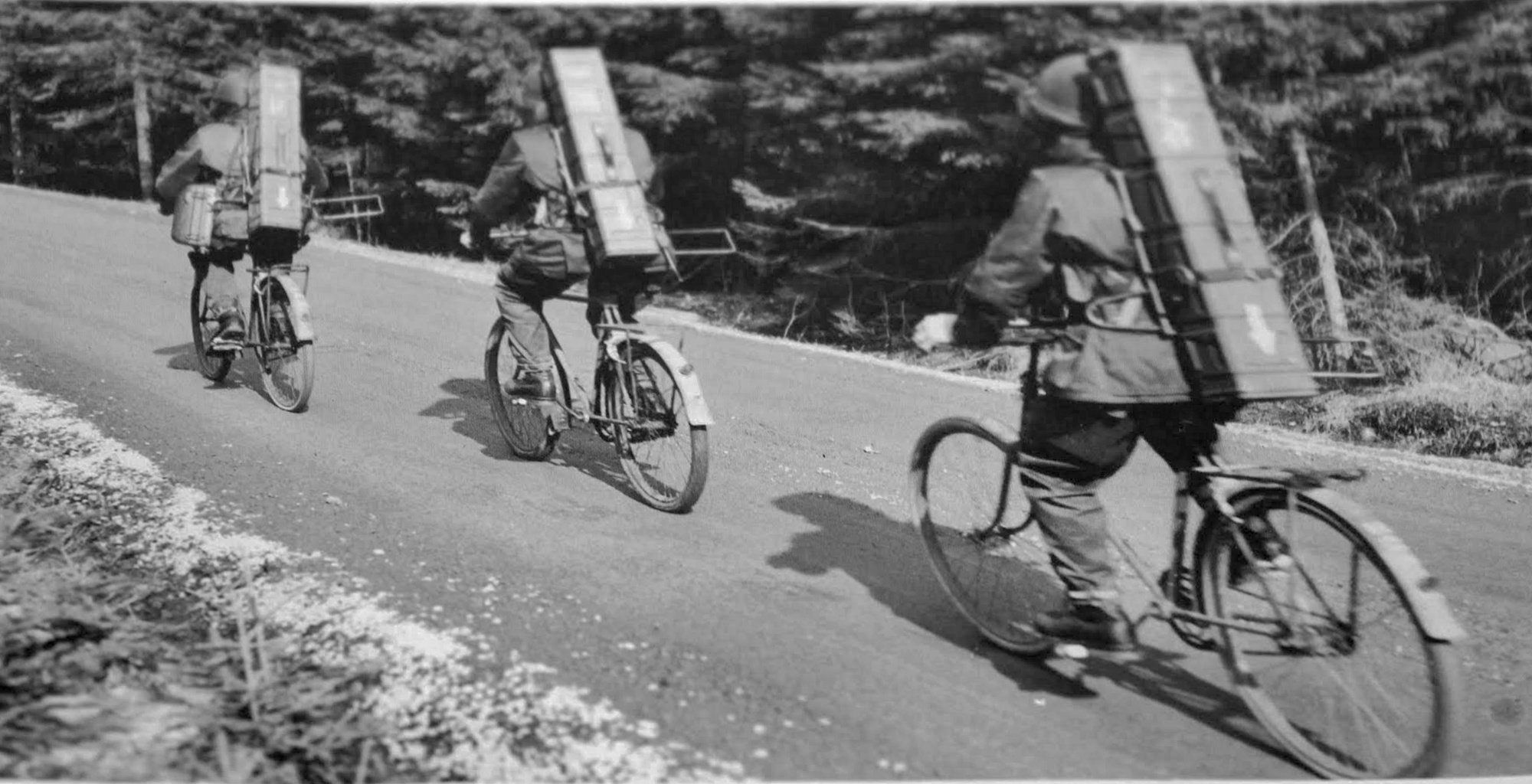 Unknown Author, Wikimedia Commons
Unknown Author, Wikimedia Commons
Häyhä’s Training
Despite being involved with these units from a young age, as well as being talented with marksmanship, Häyhä did not receive formal sniper training until 1938, only one year before WWII would make him into a hero.
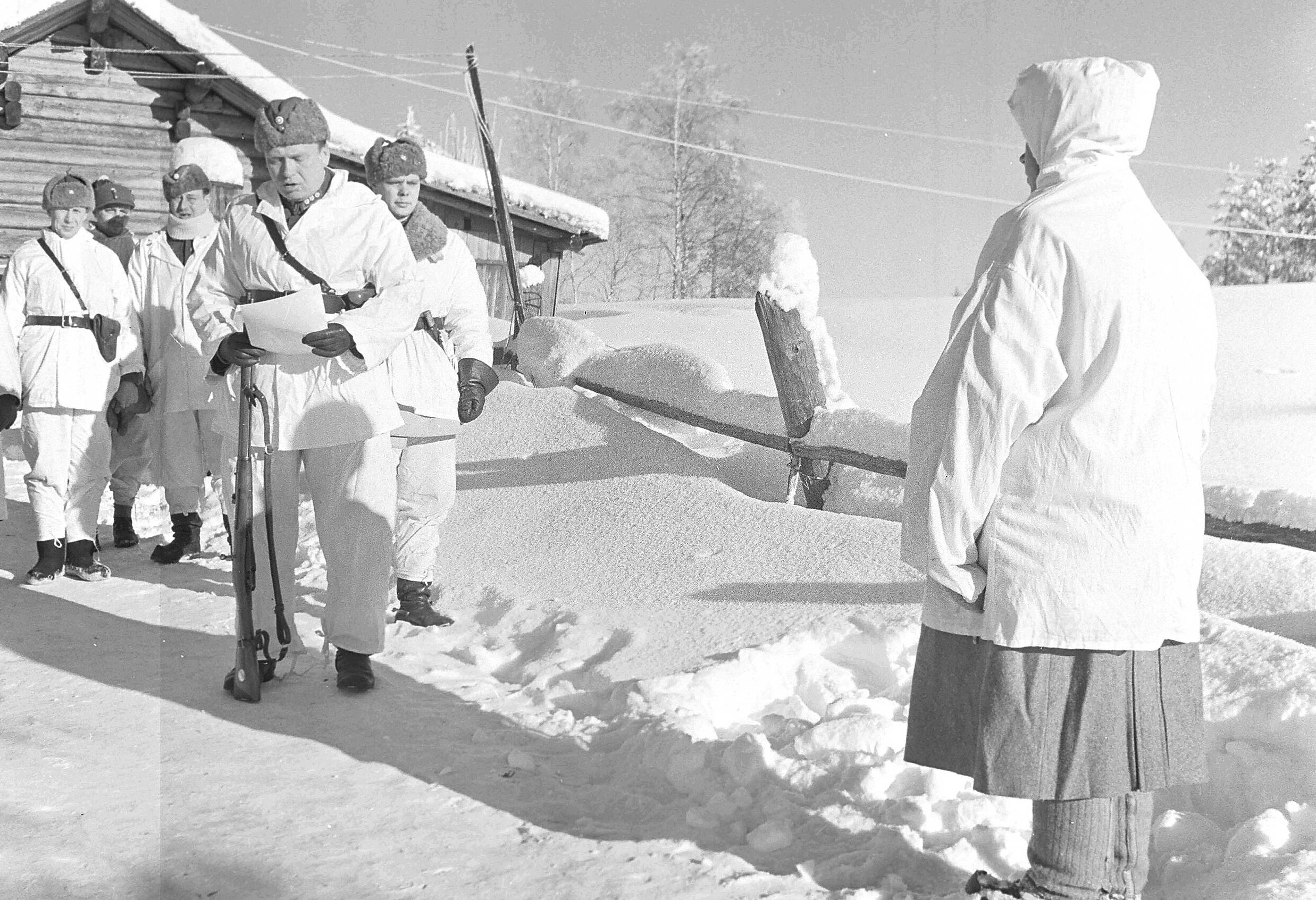 Unknown Author, Wikimedia Commons
Unknown Author, Wikimedia Commons

History's most fascinating stories and darkest secrets, delivered to your inbox daily.
Häyhä’s Service
When the Soviet Union initiated the Winter War, Häyhä served for Finland. He fought with the 6th Company of Infantry Reg 34.
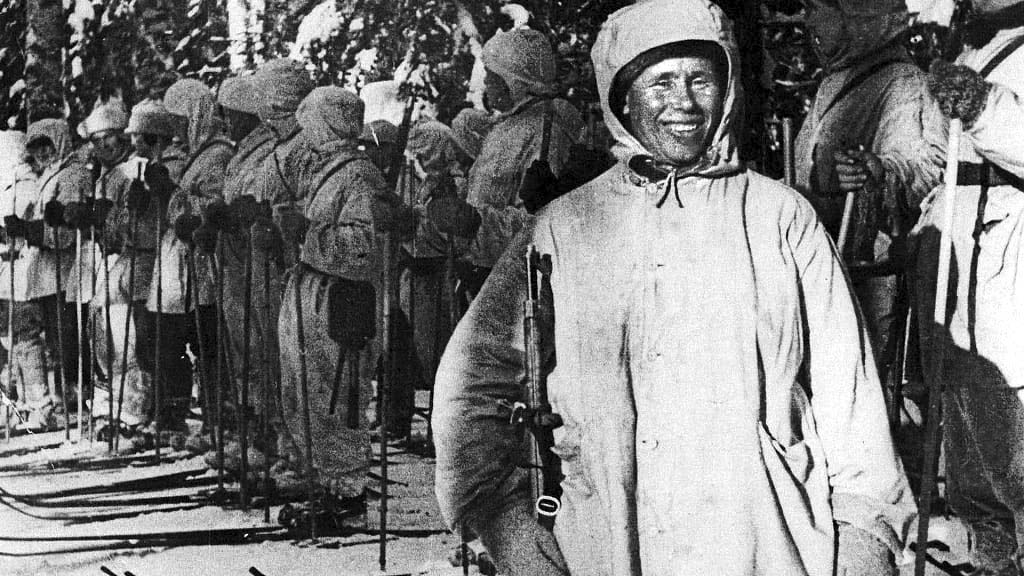 Unknown Author, Wikimedia Commons
Unknown Author, Wikimedia Commons
Häyhä’s Service
As the name would suggest, the Winter War took place over the winter months in the northern regions where the borders between Finland and Russia existed. During this time, they fought in temperatures that ranged from -40 and -4 degrees Fahrenheit.
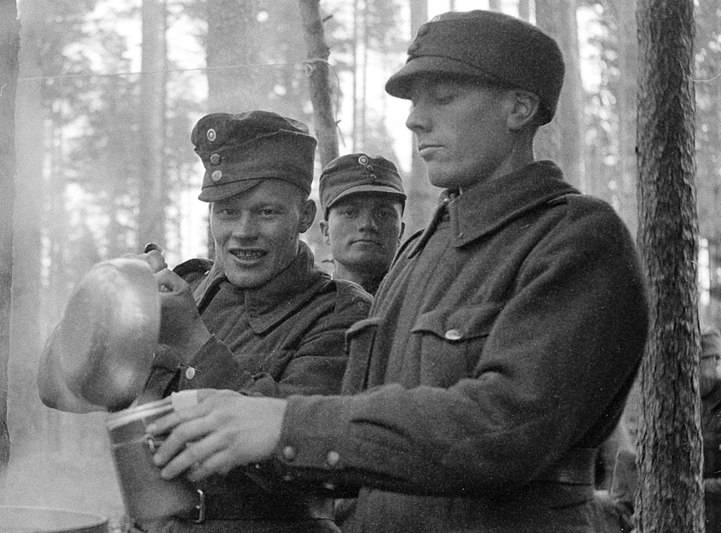 Unknown Author, Wikimedia Commons
Unknown Author, Wikimedia Commons
Häyhä’s Service
To combat these temperatures ,Häyhä dressed in layers and kept carbs in his pockets, consuming calories constantly to keep his body warm.
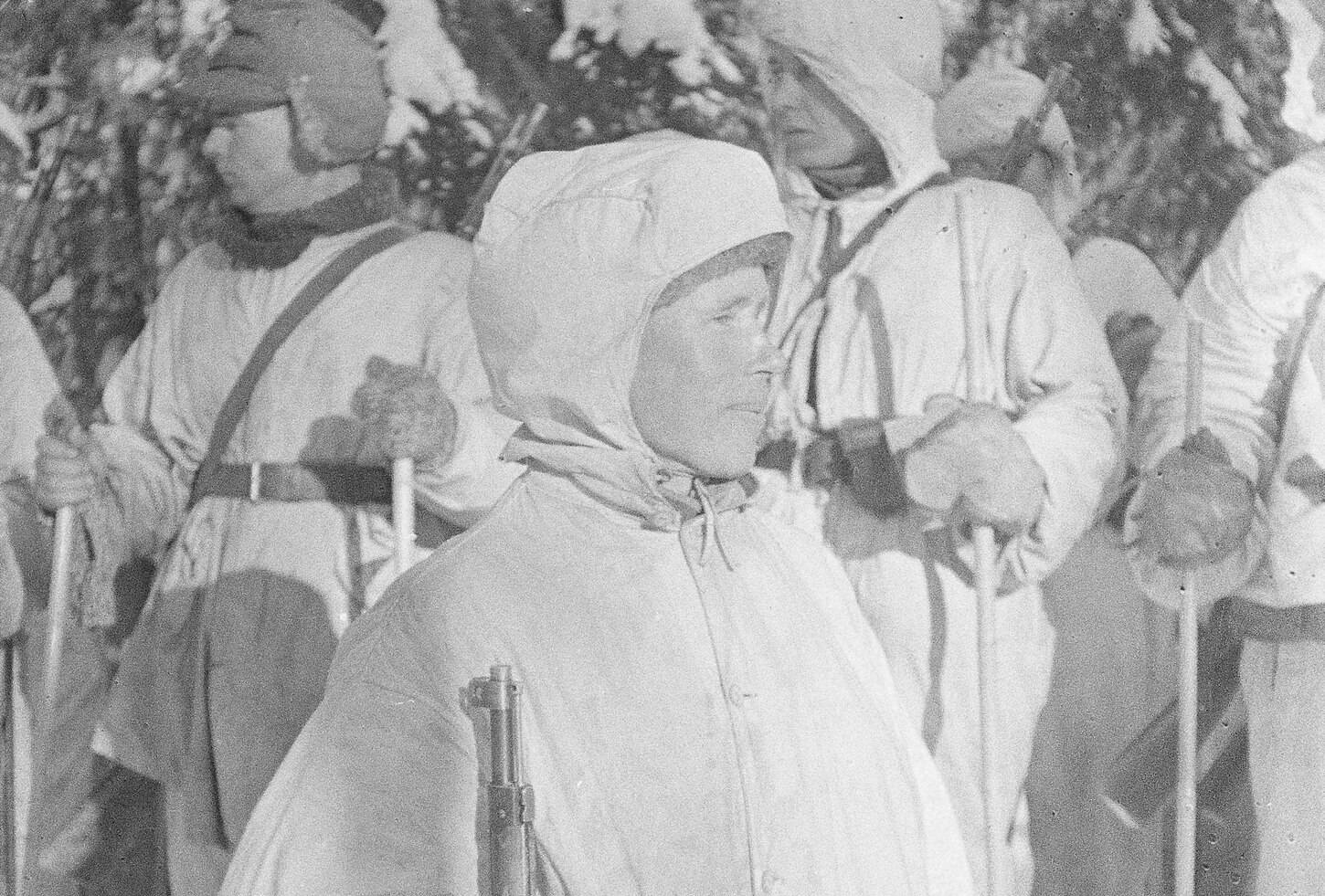 Finnish Wartime Photograph Archive, Wikimedia Commons
Finnish Wartime Photograph Archive, Wikimedia Commons
Häyhä’s Service
Dressed all in white, Häyhä would lay in snow pits from the wee hours in the morning, until the sun had set again. He packed himself in mounds of snow, even keeping snow in his mouth to prevent his breath from giving his position away.
Häyhä’s Service
Unlike Häyhä, the Soviets were not issued camouflage for most of the conflict. This increased the ease with which to spot them across the stark white landscape.
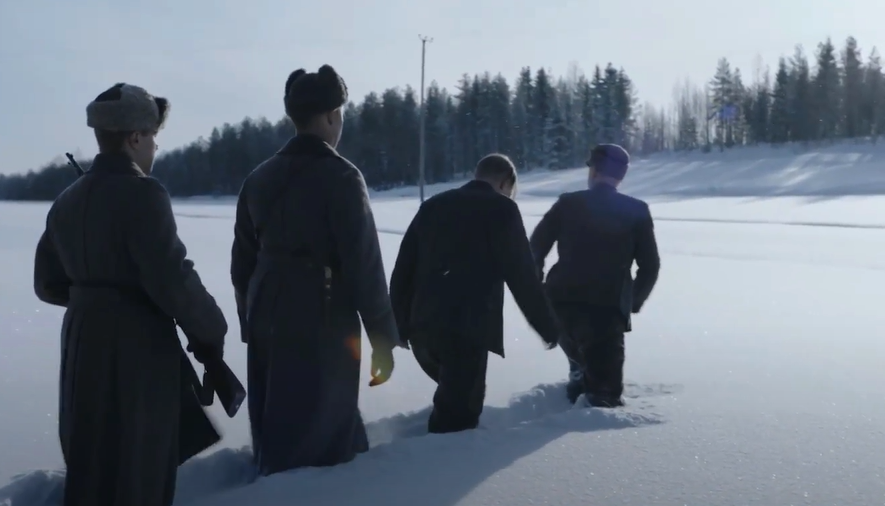 Elokuvaosakeyhtiö Suomi 2017, The Unknown Soldier (2017)
Elokuvaosakeyhtiö Suomi 2017, The Unknown Soldier (2017)
The Nickname
Häyhä’s tactics of disguise would lead to his nickname, “The White Death”. However, there is some disagreement about the source of this moniker.
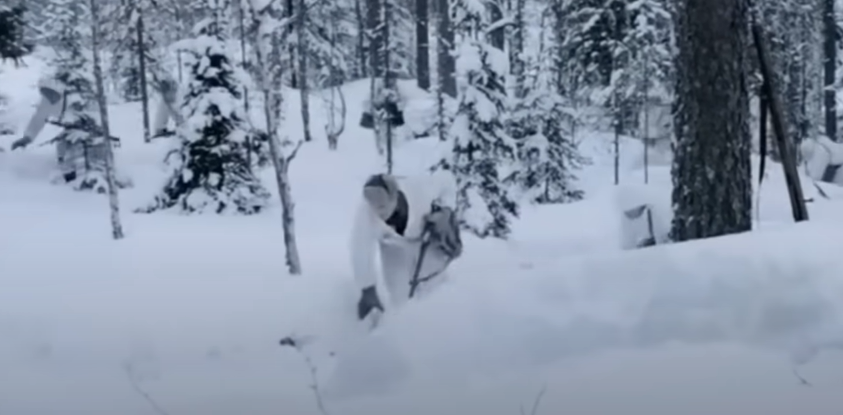 Elokuvaosakeyhtiö Suomi 2017, The Unknown Soldier (2017)
Elokuvaosakeyhtiö Suomi 2017, The Unknown Soldier (2017)
The Nickname
There are some sources that state that the nickname came from The Soviets, in a similar fashion to other heroes. According to prisoners, however, the Russian use of the term was meant to refer to the severe frost in the deep forest—or more simply, the harsh winter they were all fighting in.
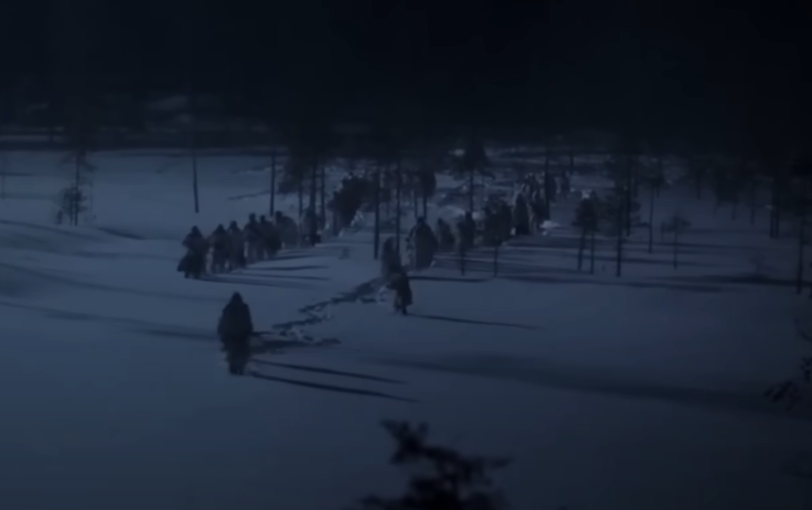 Elokuvaosakeyhtiö Suomi 2017, The Unknown Soldier (2017)
Elokuvaosakeyhtiö Suomi 2017, The Unknown Soldier (2017)
The Nickname
The other theory is that the name comes from Finnish propaganda. During the conflict, Häyhä was one of the leading themes in Finnish propaganda. The near invisibility that his camouflage provided him sparked the imagination, and it was frequently run in papers at the time. It led to Häyhä’s near-mythical aura, both at the time and since.
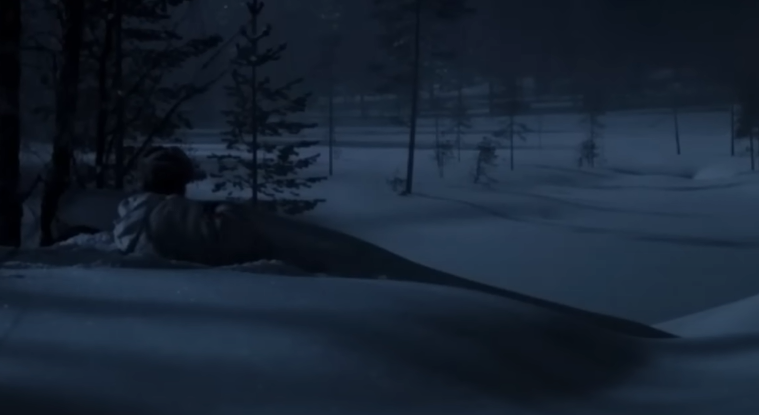 Elokuvaosakeyhtiö Suomi 2017, The Unknown Soldier (2017)
Elokuvaosakeyhtiö Suomi 2017, The Unknown Soldier (2017)
The Nickname
The truth is that “The White Death” did not show up in Finnish wartime literature until the late 1980s. He’s also been called “The Magic Shooter” among fellow Finns.
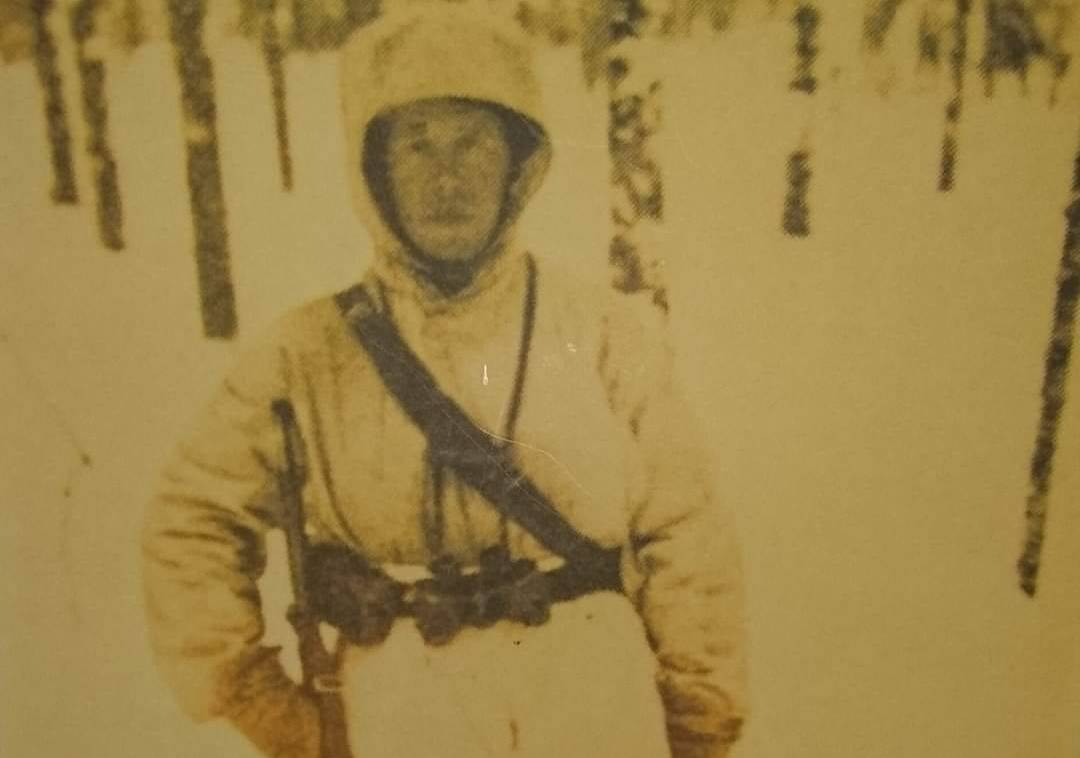 CypressL, CC BY-SA 4.0, Wikimedia Commons
CypressL, CC BY-SA 4.0, Wikimedia Commons
Achievements And Success
Whatever you choose to call Häyhä, it is undeniable that he was a huge force throughout this time and a major influence on Finland’s ability to fend the Soviets off.
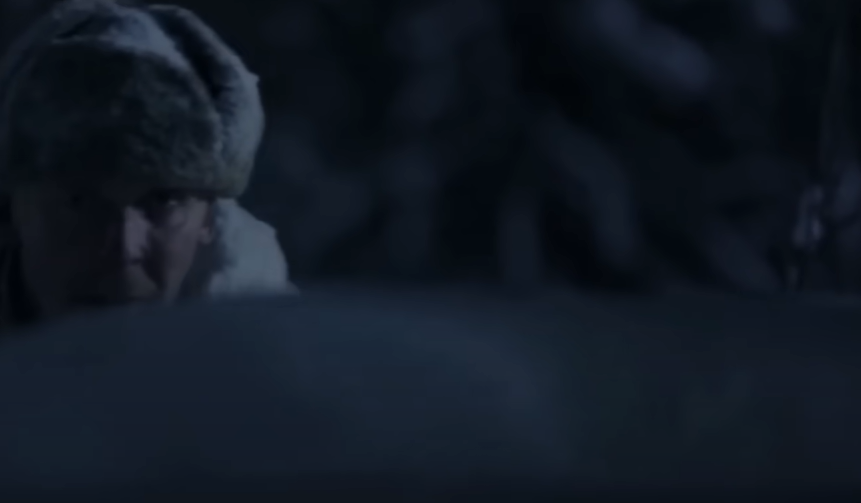 Elokuvaosakeyhtiö Suomi 2017, The Unknown Soldier (2017)
Elokuvaosakeyhtiö Suomi 2017, The Unknown Soldier (2017)
Achievements And Success
Everything that Häyhä accomplished during this time was completed in less than 100 days. Although there is some question as to the exact number of kills he made, he was averaging about five per day. Due to this being the winter months in a very northern region, this was all the more impressive as he was working with a limited amount of daylight.
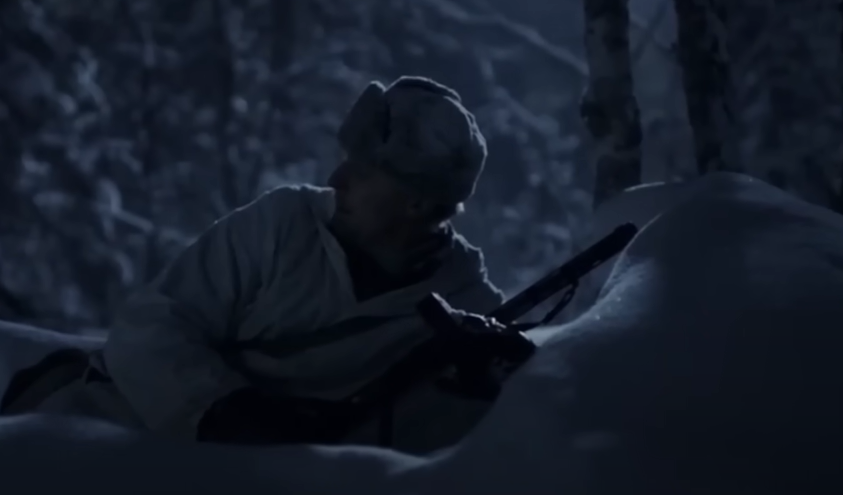 Elokuvaosakeyhtiö Suomi 2017, The Unknown Soldier (2017)
Elokuvaosakeyhtiö Suomi 2017, The Unknown Soldier (2017)
Achievements And Success
When it comes to kills, the ability to accurately account for their success rate is very difficult. For Häyhä, his number was made from his own reporting, combined with the confirmation of those who were with him.
 Elokuvaosakeyhtiö Suomi 2017, The Unknown Soldier (2017)
Elokuvaosakeyhtiö Suomi 2017, The Unknown Soldier (2017)
Achievements And Success
They only counted those who were confirmed as deceased. They did not count anyone who was targeted by several people simultaneously. For Häyhä, they also did not include anyone slain when he was a group leader, using a different weapon.
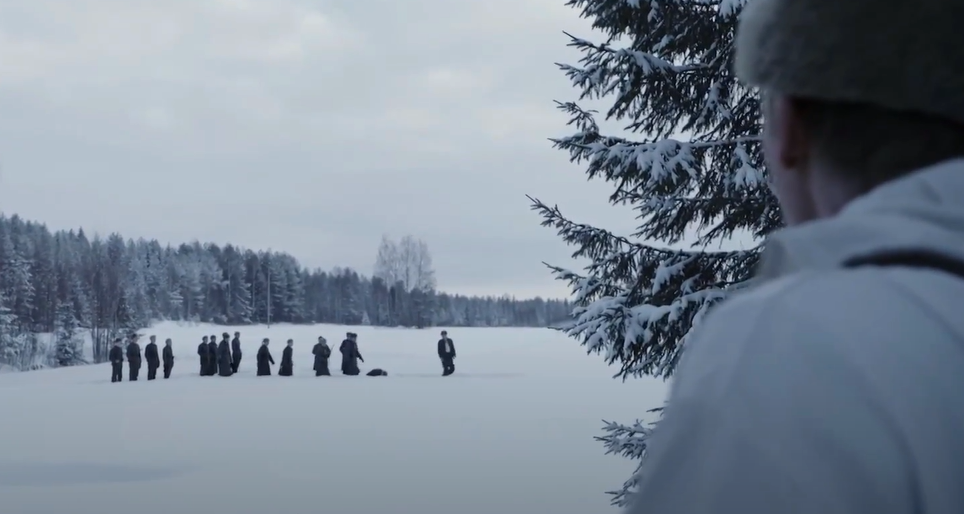 Elokuvaosakeyhtiö Suomi 2017, The Unknown Soldier (2017)
Elokuvaosakeyhtiö Suomi 2017, The Unknown Soldier (2017)
Achievements And Success
Häyhä’s division commander credited him with 219 kills, and an equal number was made as group leader when he was awarded. Another report from Finnish documents puts him at 259 kills by the time he was wounded.
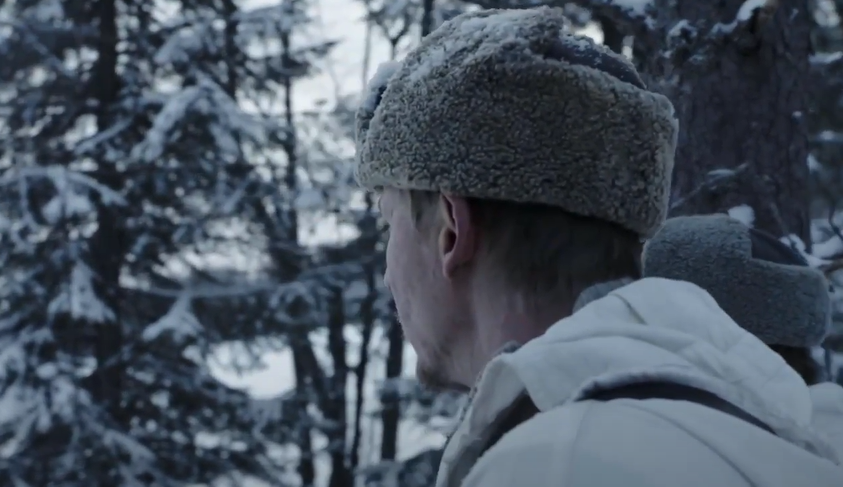 Elokuvaosakeyhtiö Suomi 2017, The Unknown Soldier (2017)
Elokuvaosakeyhtiö Suomi 2017, The Unknown Soldier (2017)
Achievements And Success
Häyhä himself kept a record in a private memoir that was discovered in 2017. There, he estimates his number, which he calls a “sin list”, to be around 500.
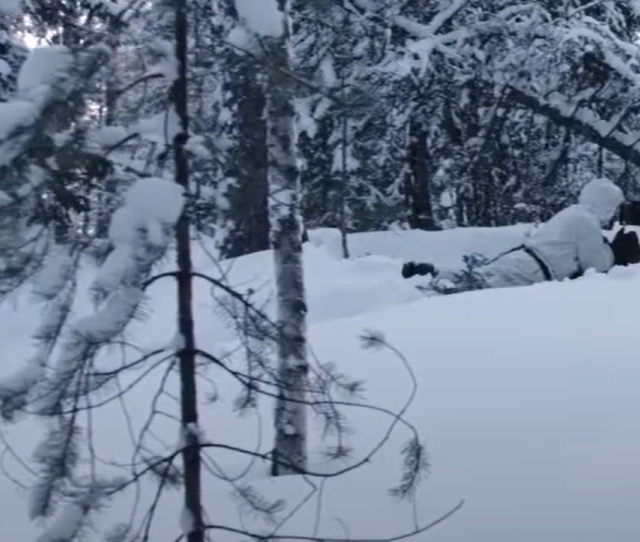 Elokuvaosakeyhtiö Suomi 2017, The Unknown Soldier (2017)
Elokuvaosakeyhtiö Suomi 2017, The Unknown Soldier (2017)
Häyhä The Legend
Part of the difficulty in keeping track of an accurate number of Häyhä’s successful hit count is his role in Finnish Propaganda during the conflict. During the early stage of the conflict, the Finnish press quickly developed Häyhä into a mythological hero. It is unclear what from that time is fact and what is inflated.
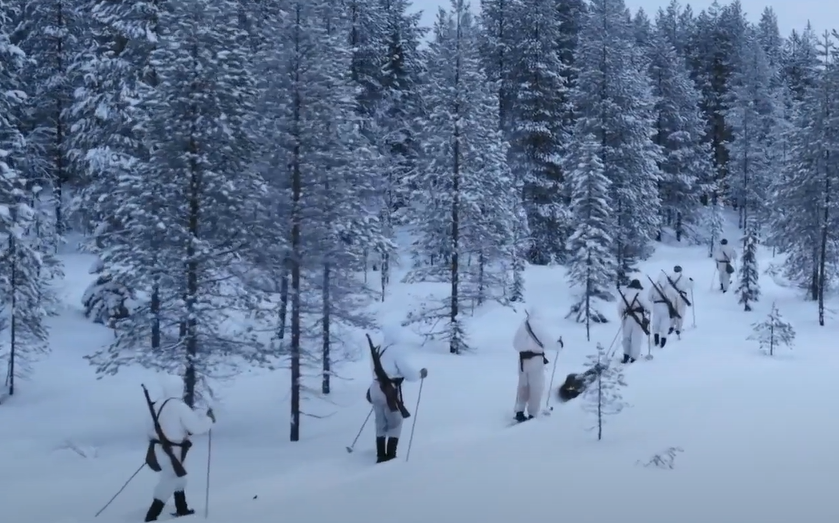 Elokuvaosakeyhtiö Suomi 2017, The Unknown Soldier (2017)
Elokuvaosakeyhtiö Suomi 2017, The Unknown Soldier (2017)
Häyhä’s Tools
Häyhä fought both alone and as a group leader with the rest of his unit. As previously mentioned, this also creates confusion as to which kills can be accurately attributed to him. When working solo, Häyhä was issued a Civil Guard rifle; this was a Finnish variant of the firearm that was of Russian origin.
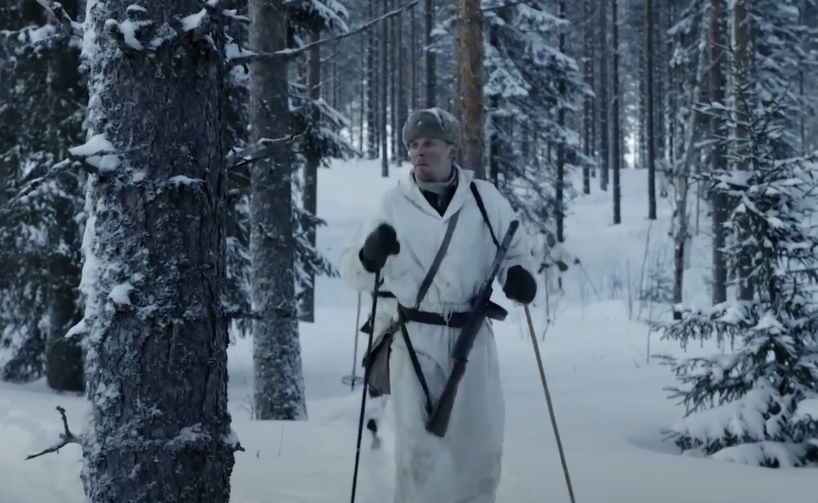 Elokuvaosakeyhtiö Suomi 2017, The Unknown Soldier (2017)
Elokuvaosakeyhtiö Suomi 2017, The Unknown Soldier (2017)
Häyhä’s Tools
Part of the reason Häyhä preferred this firearm, rather than switching to a Soviet scoped version, was that he preferred to use iron sights over telescopic sights when aiming. Häyhä did not have any prior training with scopes, which was part of his preference for iron sights. However, it was not the only reason.
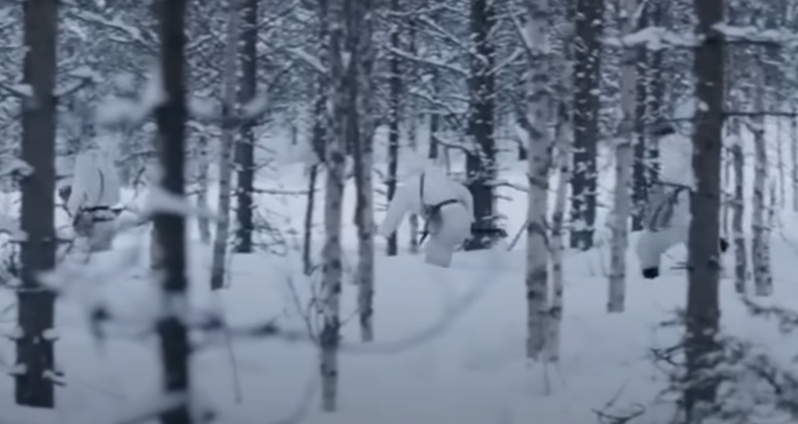 Elokuvaosakeyhtiö Suomi 2017, The Unknown Soldier (2017)
Elokuvaosakeyhtiö Suomi 2017, The Unknown Soldier (2017)
Häyhä’s Tools
Telescopic sights tended to cloud up in extreme cold, making iron sights far more reliable in the climate that Häyhä was fighting in. There were other downsides to scopes as well.
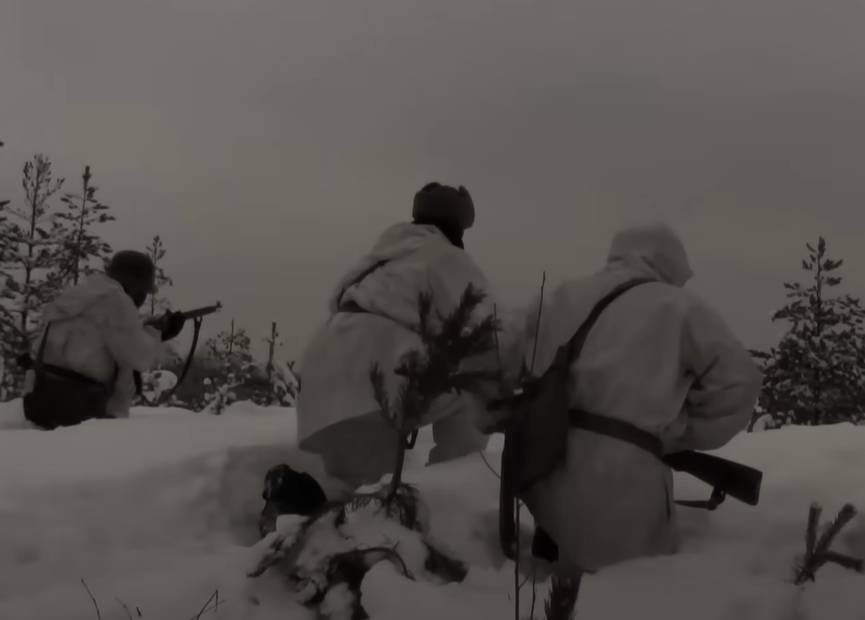 Petri Järvinen, Talvisota: SYSKYJÄRVI 1939 (2012)
Petri Järvinen, Talvisota: SYSKYJÄRVI 1939 (2012)
Häyhä’s Tools
The glass of scopes could also reflect sunlight and, therefore, give away the person’s position. By preferring iron sights, Häyhä continued to contribute to his success rate.
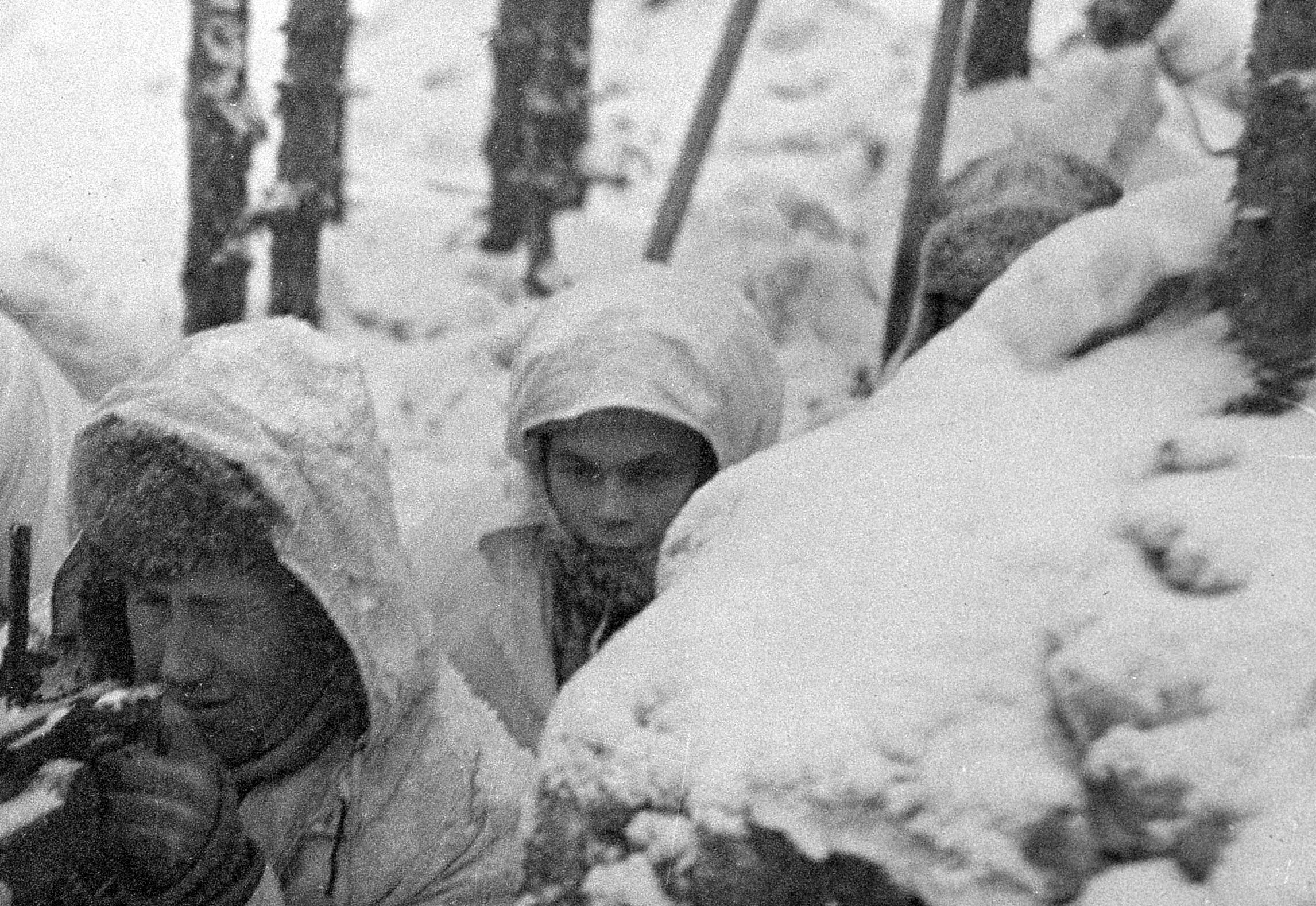 Military Museum of Finland, Wikimedia Commons
Military Museum of Finland, Wikimedia Commons
Häyhä’s Injury
Unfortunately, Häyhä did not see the end of the conflict. Despite the undeniable force of his success, Häyhä was injured a mere week before peace was declared.
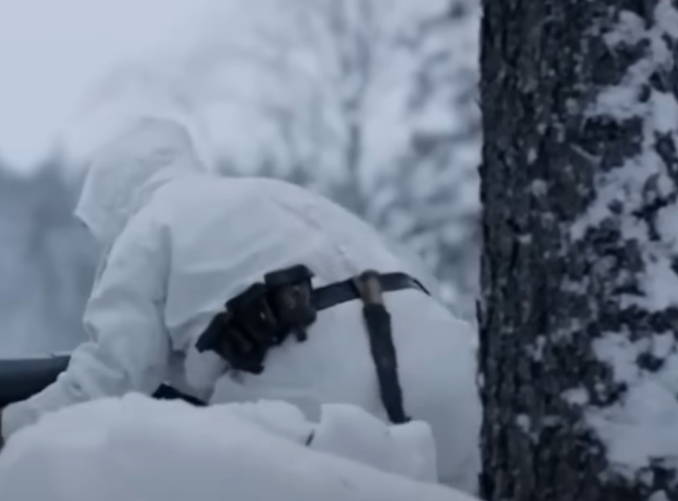 Elokuvaosakeyhtiö Suomi 2017, The Unknown Soldier (2017)
Elokuvaosakeyhtiö Suomi 2017, The Unknown Soldier (2017)
Häyhä’s Injury
On March 6, 1940, an explosive shot from the enemy tore through Häyhä’s face. It shattered his lower left jaw. He almost did not come back from this injury.
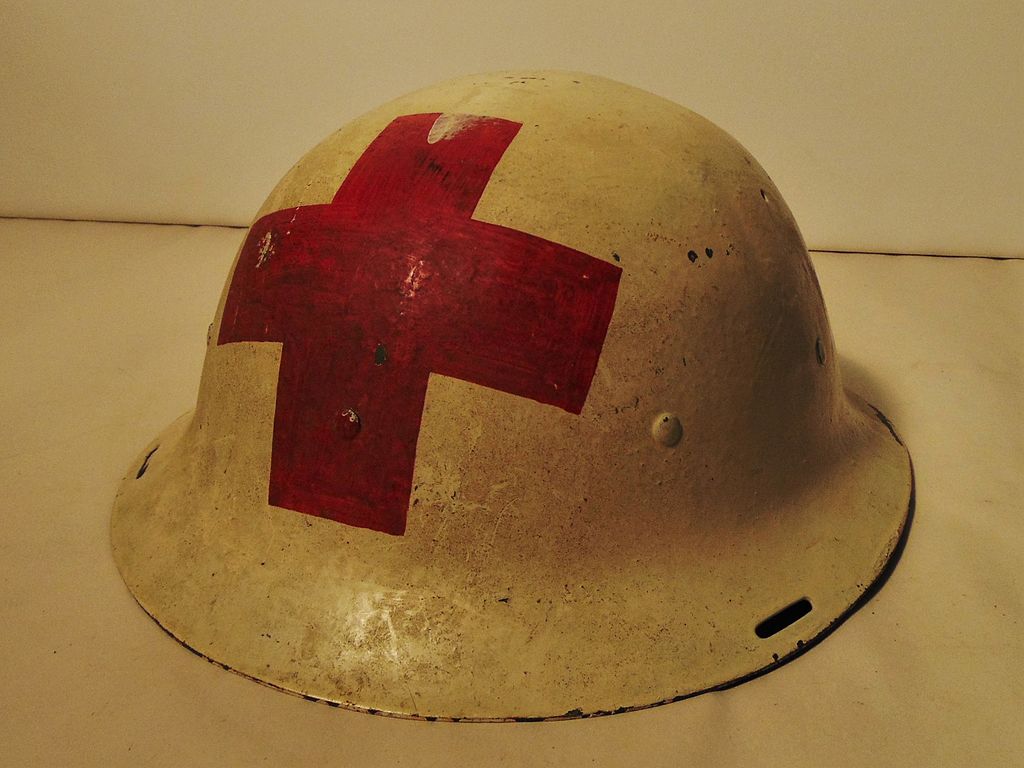 RenseNBM, CC BY-SA 4.0, Wikimedia Commons
RenseNBM, CC BY-SA 4.0, Wikimedia Commons
Häyhä’s Injury
When he was found after the battle, he was initially presumed to have perished and was thrown onto a pile with others who had lost their lives in battle. It was only by chance that someone noticed his foot moving and sent him to the hospital.
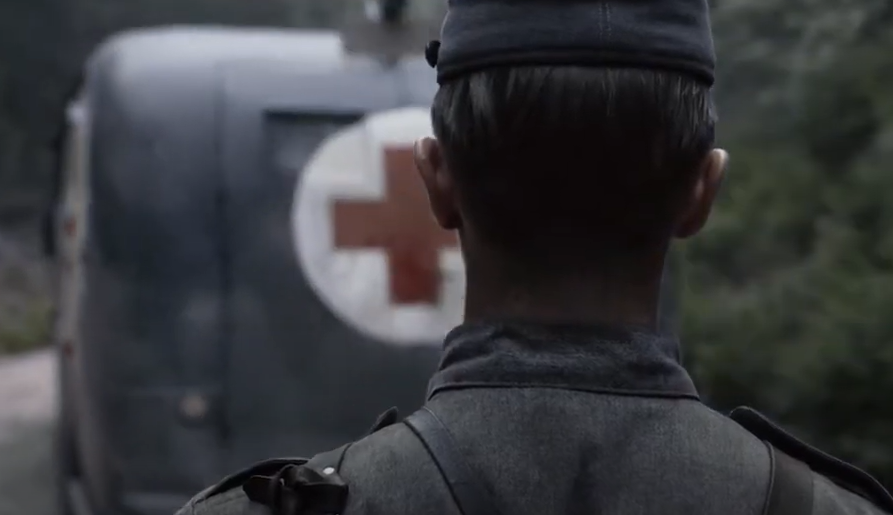 Elokuvaosakeyhtiö Suomi 2017, The Unknown Soldier (2017)
Elokuvaosakeyhtiö Suomi 2017, The Unknown Soldier (2017)
Häyhä’s Injury
Although Häyhä survived this injury, the initial report of his demise spread quickly. While in recovery, he read reports of his passing in the newspaper, forcing him to send a letter to correct the misinformation.
 Elokuvaosakeyhtiö Suomi 2017, The Unknown Soldier (2017)
Elokuvaosakeyhtiö Suomi 2017, The Unknown Soldier (2017)
Häyhä’s Injury
The shattering of his jaw required extensive treatment and multiple surgeries to repair. It took several years for him to recover completely, and he was notably disfigured for the rest of his life.
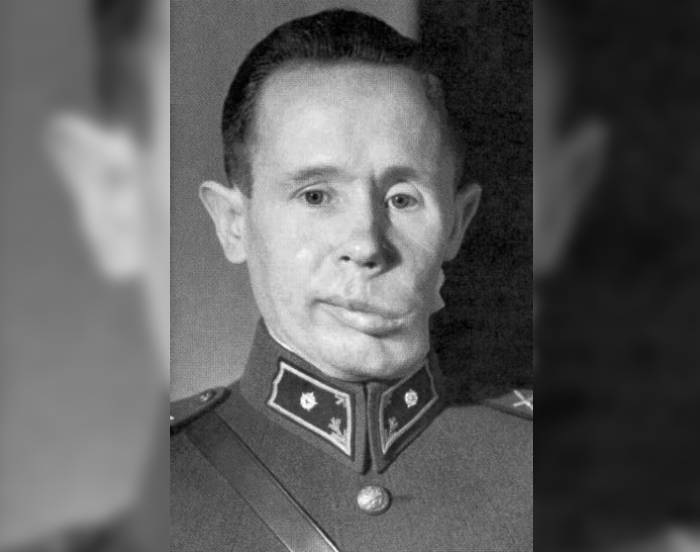 Finnish Military Archives, Wikimedia Commons
Finnish Military Archives, Wikimedia Commons
The Continuation Conflict
Despite the severity of his injuries, when Finland was once again in conflict with the Soviet Union in 1941, Häyhä once again requested to be sent to the front lines.
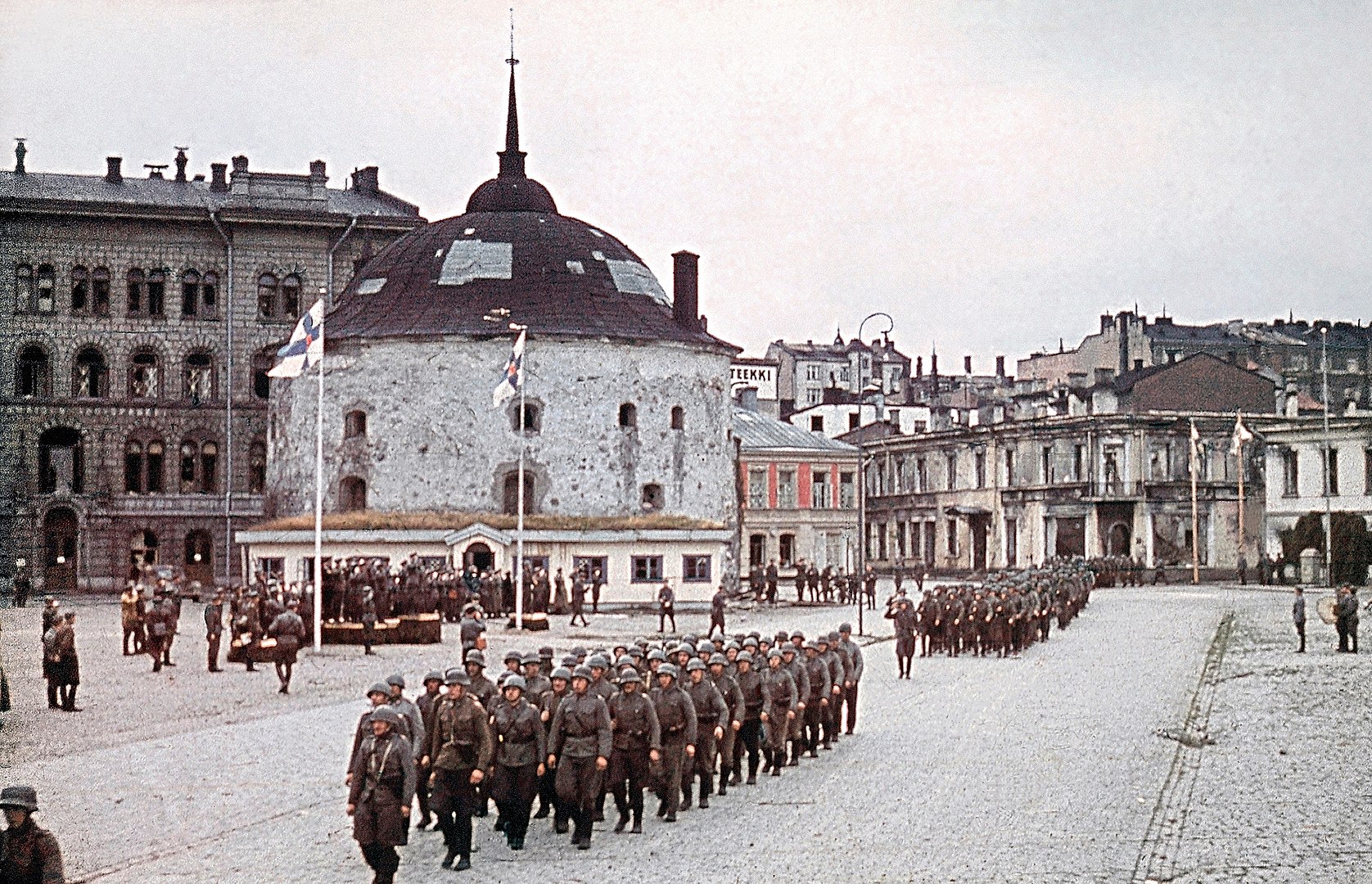 Unknown Author, Wikimedia Commons
Unknown Author, Wikimedia Commons
The Continuation Conflict
Unfortunately for Häyhä, the injury that he had sustained in the first conflict was too severe. He was, in fact, still recovering from it at the time. Therefore, his request was denied.
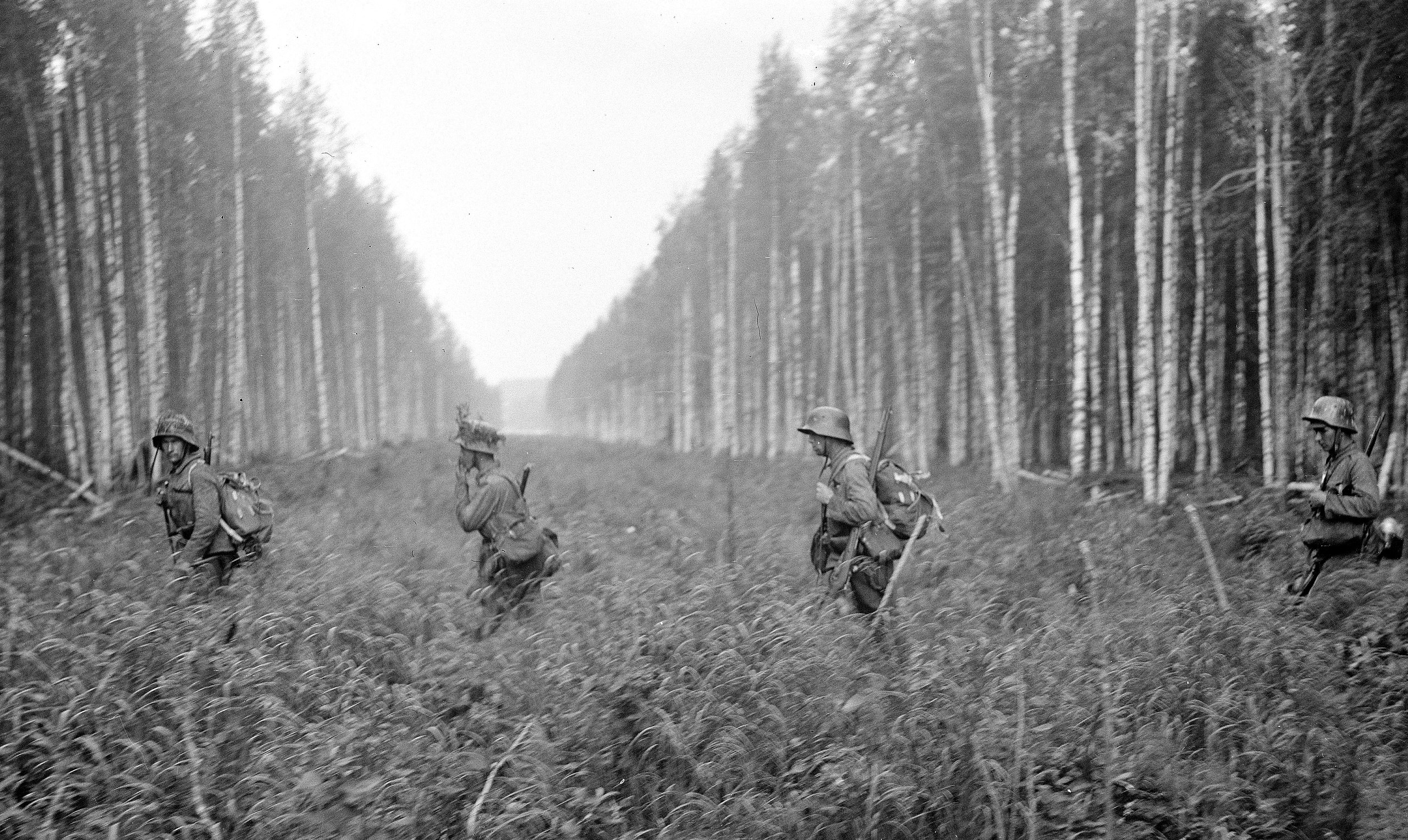 Military Museum of Finland, Wikimedia Commons
Military Museum of Finland, Wikimedia Commons
Häyhä’s Life Afterwards
Once he had recovered enough to be released from the hospital, Häyhä returned to his farm, where he remained until farming became too much, with one exception.
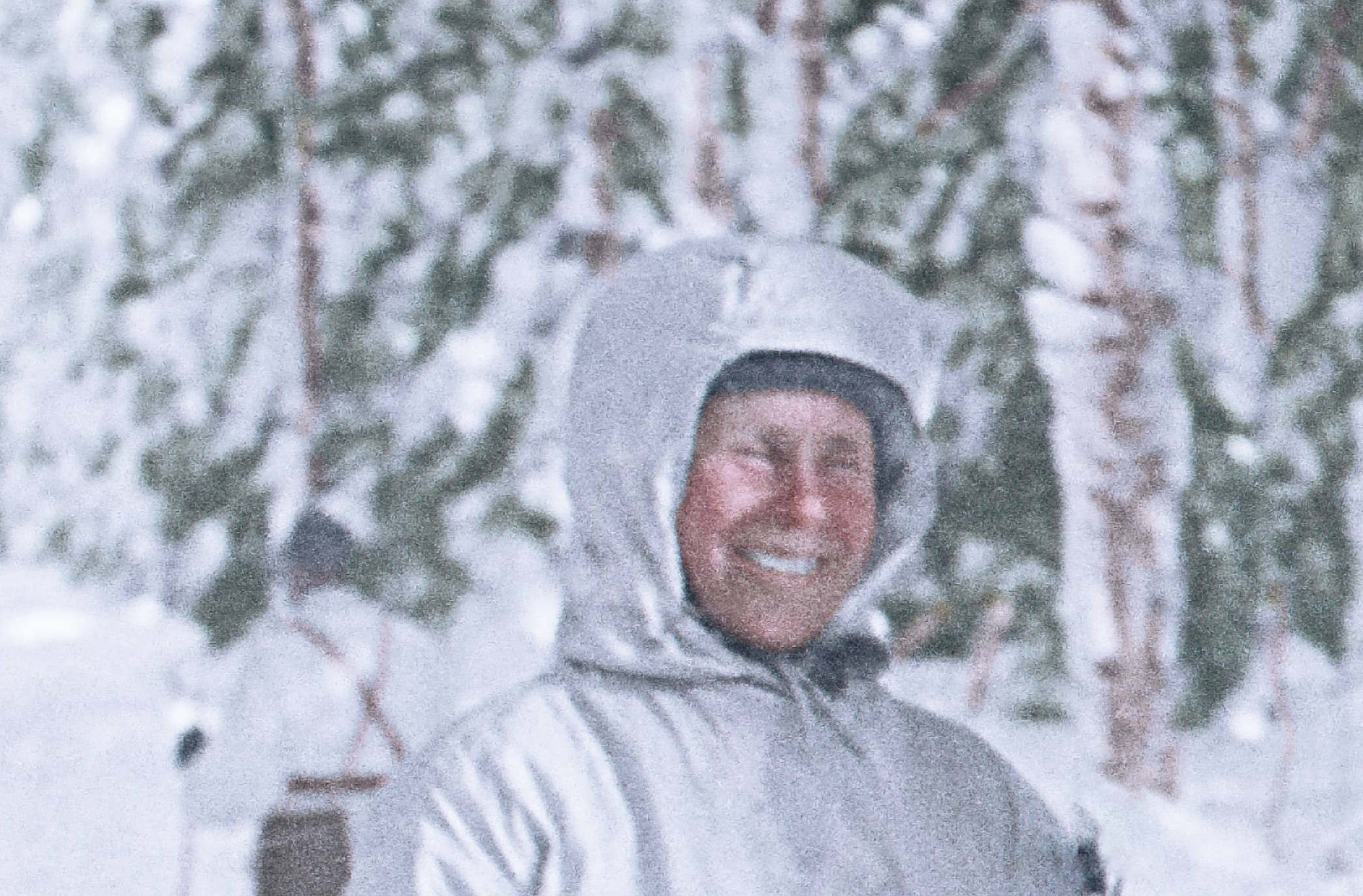 Colorized by Julius Jääskeläinen, CC-BY-2.0, Wikimedia Commons
Colorized by Julius Jääskeläinen, CC-BY-2.0, Wikimedia Commons
Häyhä’s Life Afterwards
His original farm was located on land that was ceded to the Soviet Union when peace was declared, which forced Häyhä to relocate and start over. And while Häyhä’s life was quiet, it was far from boring.
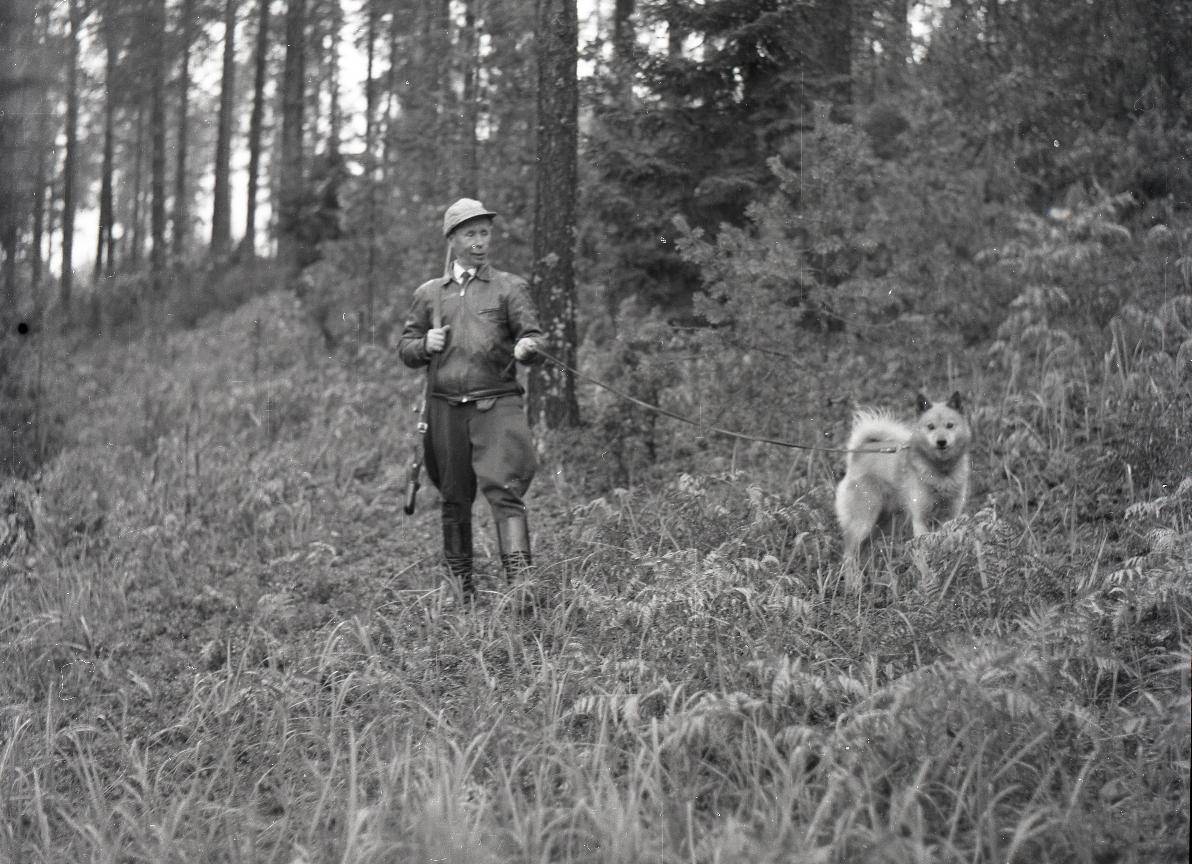 Kosken Kuvaamo, CC BY 4.0, Wikimedia Commons
Kosken Kuvaamo, CC BY 4.0, Wikimedia Commons
Häyhä’s Life Afterwards
Although he remained single and did not leave his farm, Häyhä was still a well-known figure in Finland. He enjoyed hunting and hosting parties that even included the President of Finland.
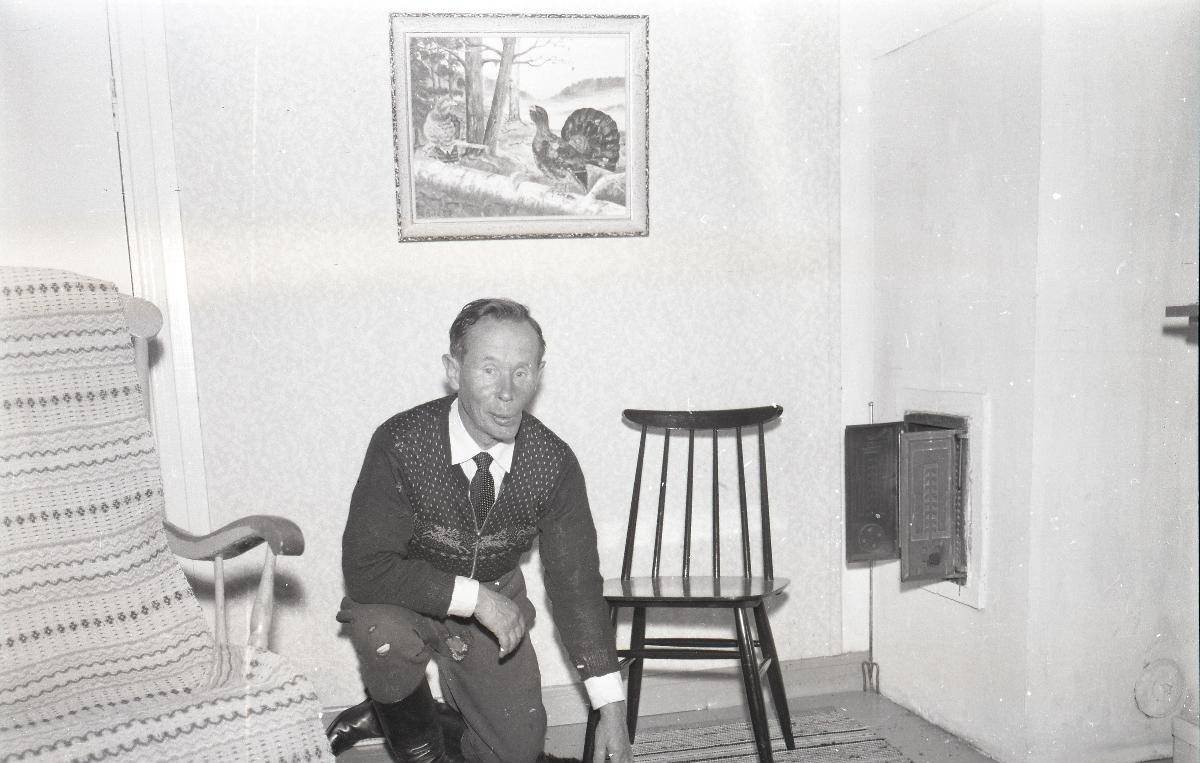 Kosken Kuvaamo, CC BY 4.0, Wikimedia Commons
Kosken Kuvaamo, CC BY 4.0, Wikimedia Commons
Häyhä’s Honors And Awards
Häyhä was well decorated following the conflict. He was awarded the First and Second class of Medals of Liberty as well as the Third and Fourth Crosses of Liberty—those last two are typically only awarded to commissioned officers.
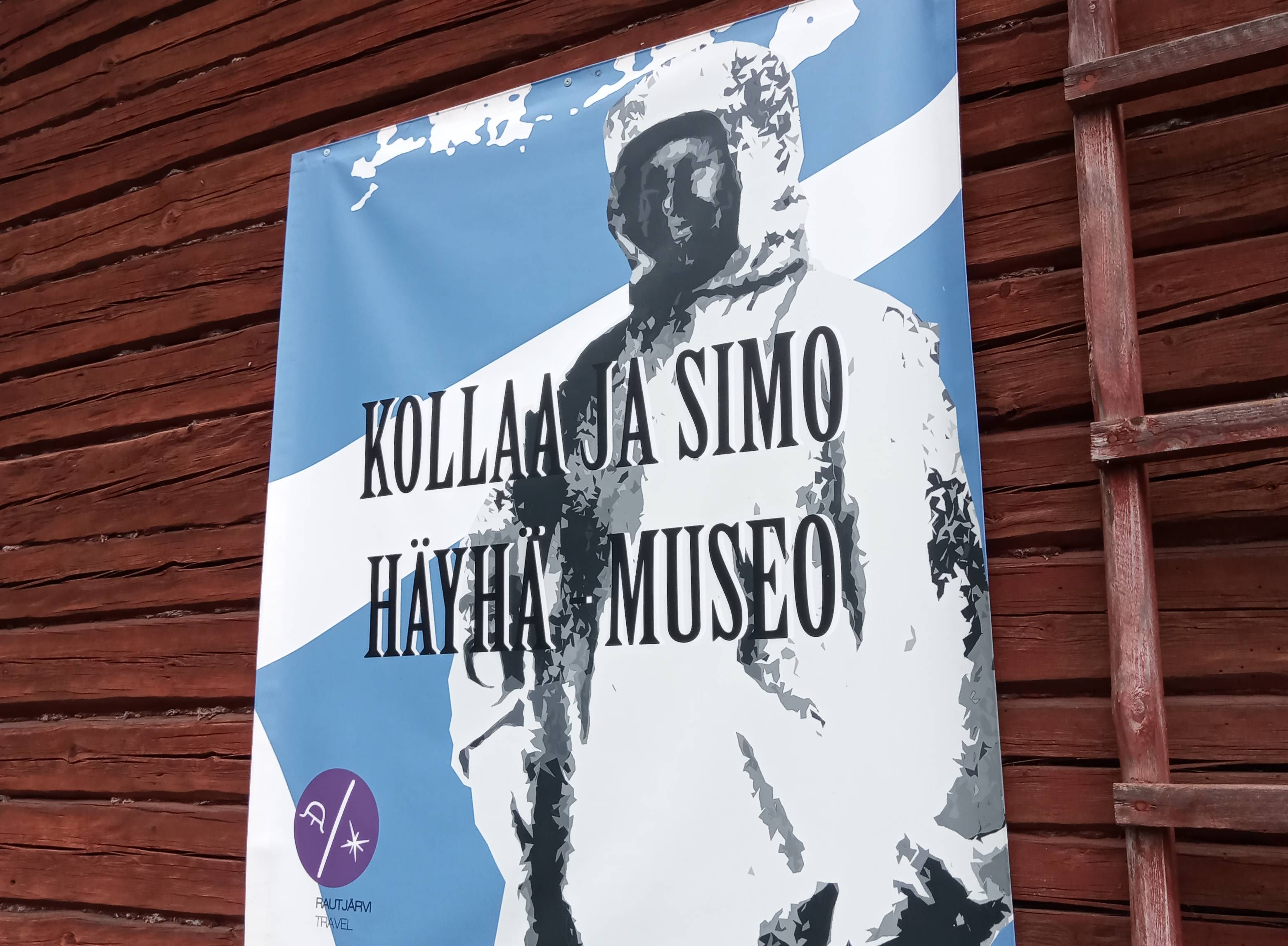
The Consequences Of Conflict
While Häyhä was generally well-received, he did get criticism as well, with some going as far as to send threats on his life. His injuries made him immediately recognizable, therefore leading to an isolating life. His circle was small but close.
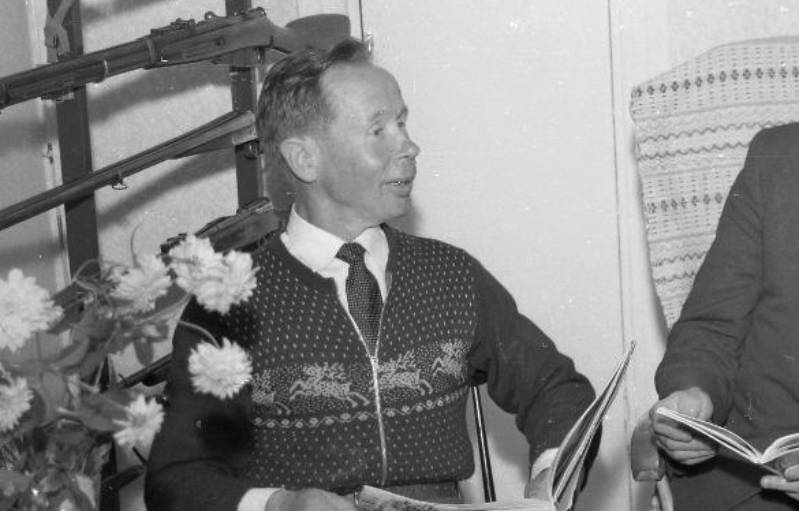 Kosken Kuvaamo, CC BY 4.0, Wikimedia Commons
Kosken Kuvaamo, CC BY 4.0, Wikimedia Commons
The Consequences Of Conflict
Häyhä did not often speak of the conflict or his experiences during that time. He certainly never boasted about them. When asked if he felt remorse for his time during the conflict he stated, “I did what I was told, as well as I could. There would be no Finland unless everyone had done the same".
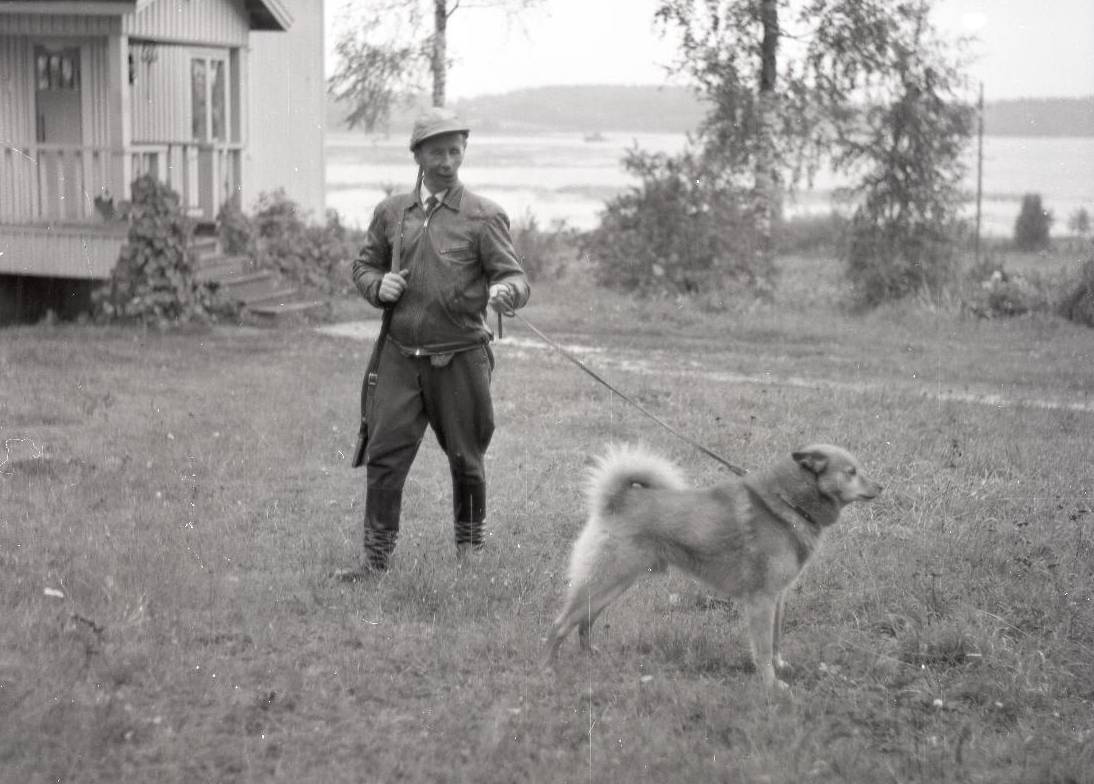 Kosken Kuvaamo, CC BY 4.0, Wikimedia Commons
Kosken Kuvaamo, CC BY 4.0, Wikimedia Commons
Häyhä In Music
Häyhä’s story has captured the imagination of many, resulting in him appearing in many forms of pop culture. Heavy metal bands, in particular, have taken to his story with bands from several countries creating songs about his exploits.
 Sven Mandel, CC BY-SA 4.0, Wikimedia Commons
Sven Mandel, CC BY-SA 4.0, Wikimedia Commons
Häyhä On Screen
Several films have also featured Häyhä as a character, either in the main role or as a side character. The 2022 action film Sisu is said to have been partly inspired by his story.
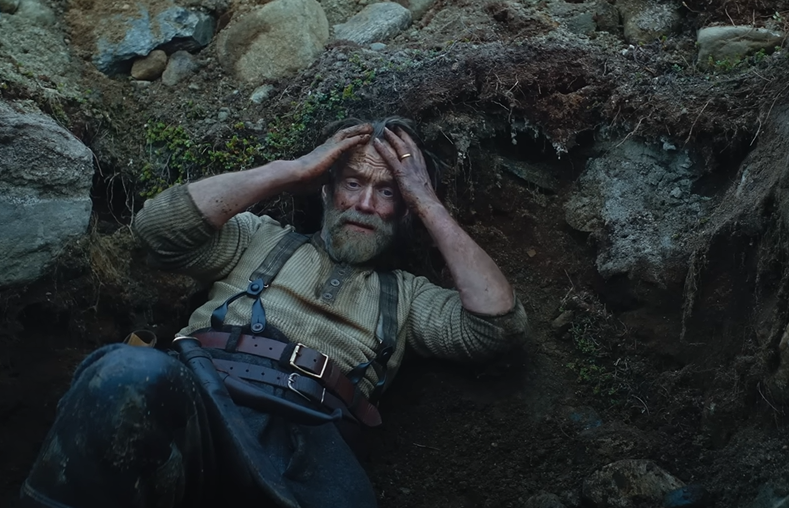 Subzero Film Entertainment, Sisu (2023)
Subzero Film Entertainment, Sisu (2023)
Häyhä In Print
His story has also been recreated in print form as well, appearing in short stories and novels alike. Häyhä’s tale has even been adapted into two Japanese manga, further cementing the legacy of “The White Death”.
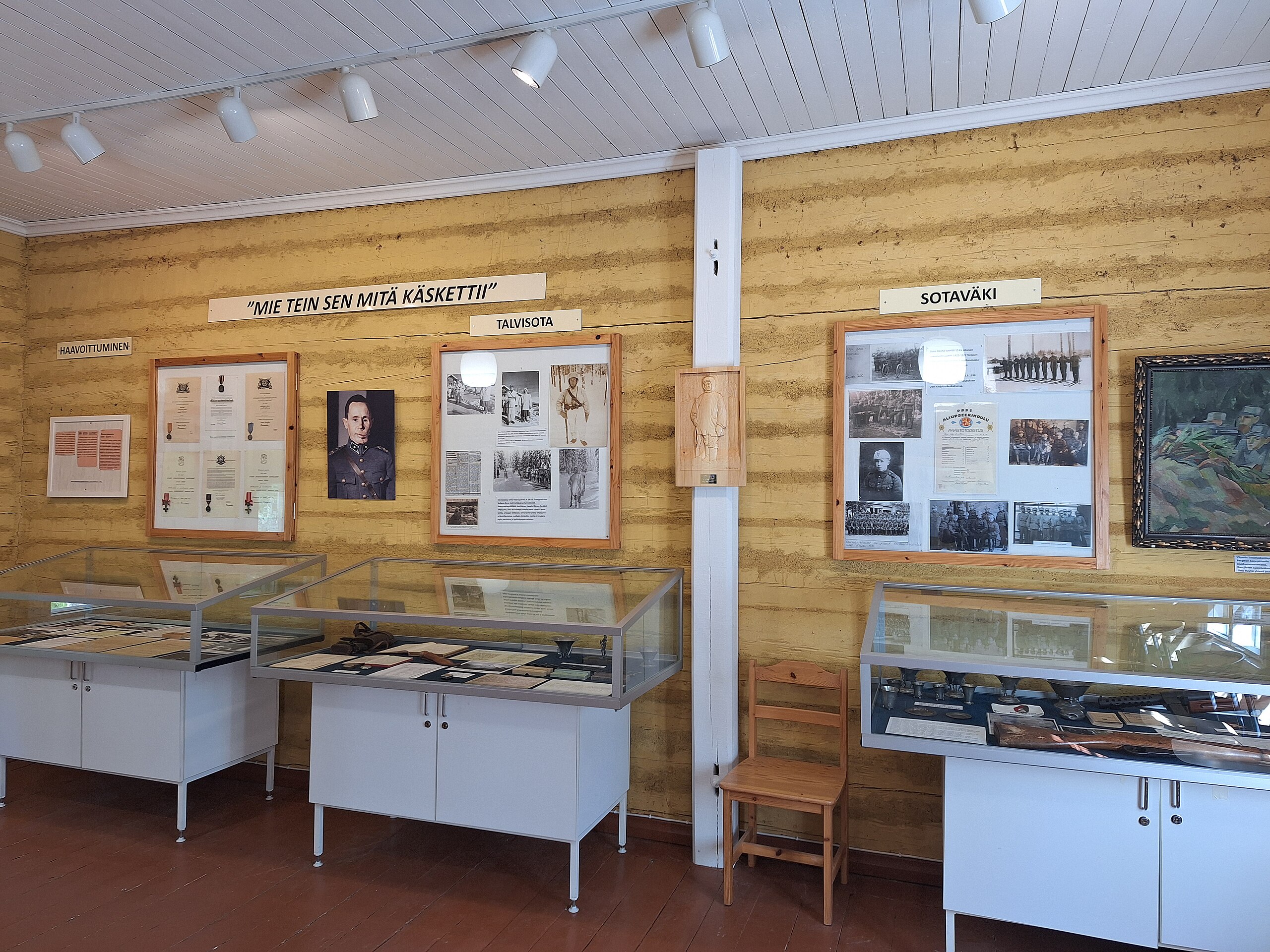 Kari Partanen, CC BY-SA 4.0, Wikimedia Commons
Kari Partanen, CC BY-SA 4.0, Wikimedia Commons
You May Also Like:
The Untold Story Of The Deadliest Woman In WWII
The WWII Soldier Who Refused To Surrender—For 30 Years



